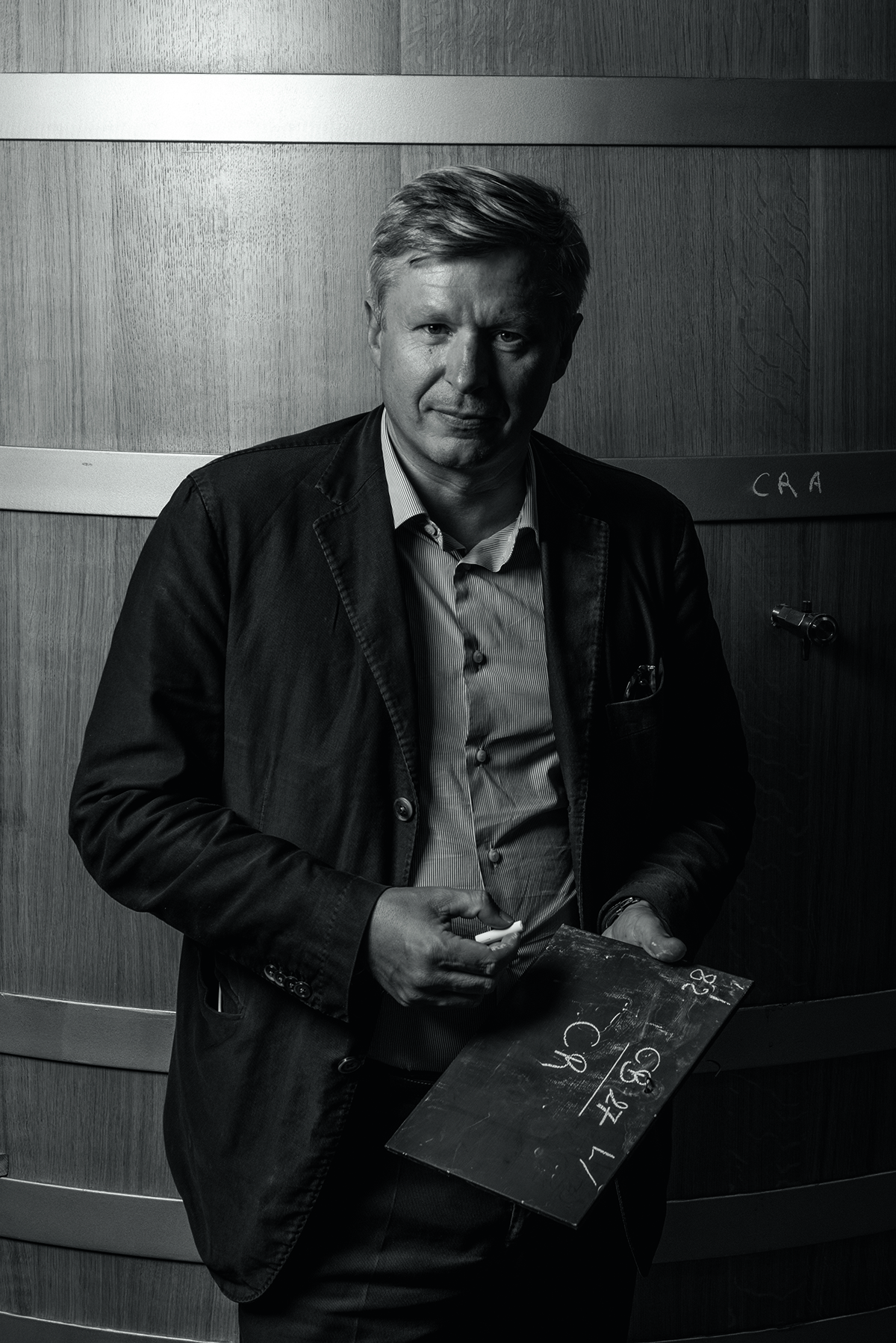
Jean-Baptiste Lécaillon, chef de cave of Champagne Louis Roederer. Image by MKB.
Louis Roederer’s Cristal is one of the world’s most glorious wines. Rich, powerful and full-bodied, yet delicate and effervescent, it is a blend of supermodel, Olympic athlete and aesthete, and has a history like no other champagne. It is also misunderstood, used as a status symbol, to the puzzlement of its makers, who simply see it as the pinnacle of organic winemaking. Darius Sanai meets Jean-Baptiste Lécaillon, Roederer’s creator, to talk about the joys of fizz
“Sorry I was late, it’s very busy right now with the harvest.” Jean-Baptiste Lécaillon smiles as he pulls up a chair and sits down opposite me. We are in a wood-panelled tasting room at Louis Roederer’s HQ in Reims, the capital of champagne. Meeting the maker of Cristal at its home may sound glamorous, but all around is evidence that champagne is a drink created on farms, not a kind of luxury brand. My walk through Reims on this chilly autumnal morning took me past monolithic buildings and empty courtyards; the Roederer offices are on a quiet side street lined with warehouse-like buildings, centred around a courtyard which is pretty enough, but functional. People in galoshes stride around. Everyone looks focussed; the tasting room has a historic feel but also feels functional, with a row of empty wine glasses and a sink in the corner. We are drinking small bottles of water, not champagne.
Follow LUX on Instagram: luxthemagazine
I came because I was interested in the story of Cristal, past, present and future. This is the champagne created in a clear glass bottle reputedly because Tsar Nicholas II was frightened of being poisoned (and presumably didn’t know about soluble poisons); it then gained a reputation as a nightclubber’s favourite, due to its price and distinctive packaging. And yet all the way through it has been revered by wine connoisseurs as a kind of insider’s top champagne: a wine lover’s champagne. Simultaneously unctuous and refreshing, ravishingly rich yet light, it has a complexity few, if any other champagnes manage to match.
Much of that is down to Jean-Baptiste, who is sitting suitably socially distanced as I start to ask questions, both of us secretly relieved that we are not doing a tasting at 9am to accompany the interview – he has a working day ahead of him, and I a drive.
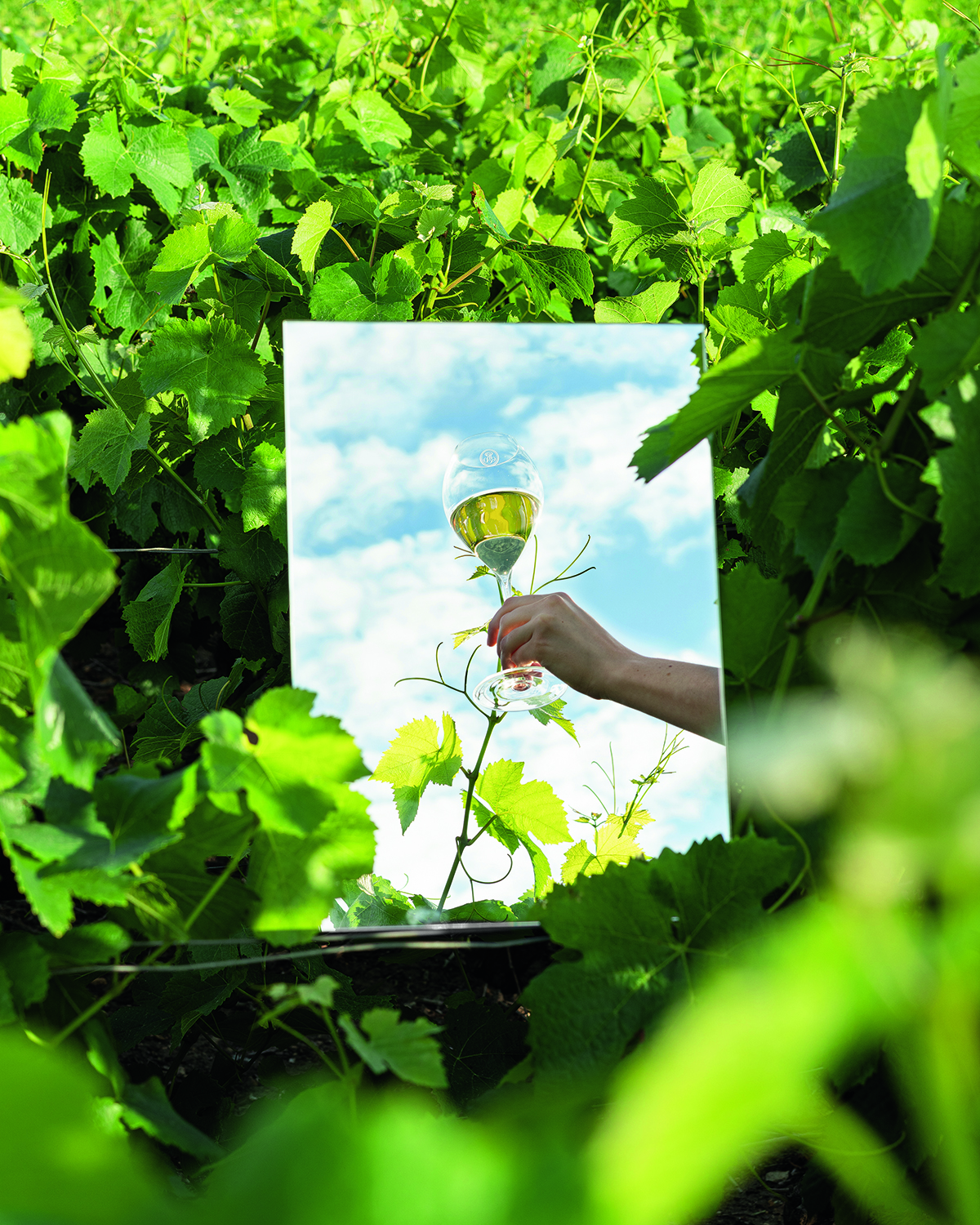
The character of Cristal is carried through from vine to glass as an expression of its terroir. Courtesy of Louis Roederer/Emmanuel Allaire
LUX: What is it that makes Cristal special? Is it a mixture of nature and nurture?
Jean-Baptiste Lécaillon: Yes. Place, the soil, is very important, but that is just one aspect. The winemaker is the link to the terroir, to the place. From this link between man and nature, one creates style, and we have had for a long time a clear vision for our wines. Cristal has a discreet power, it is elegant, it is soft, and then with time the more you taste it the more you realise how strong the wine is. The texture, the roundness, has to be delicious. And then, behind that, you have power, with length and ageing potential. You need time for Cristal – this is its secret. The link to place is in this sort of expression – not too powerful, not too clean, but just in between.
So, nature is of course important, but the way we farm to achieve that style of grape, is the key to Cristal. If we farm the same land differently, we will end up with a completely different wine. There is one champagne house, for example, which picks their grapes a week before ours. That is their vision, for the grapes to be not quite ripe. This is another expression of the same place, the same identity. Farming is at the front while nature gives us the elements. We are very lucky in Champagne, we have a unique mixture of climate and soil. We are between the ocean that brings water and the continent that brings dryness and heat. So, this complex matrix of elements all ends up in Cristal.
Read more: The gastronomic delights of Suvretta House, Switzerland
LUX: You have said that the 2020 vintage formed part of a trilogy of recent vintages. Can you say what you mean by this?
Jean-Baptiste Lécaillon: Yes, ’18, ’19 and ’20 make a trilogy of three beautiful vintages. And 2020 is amazing because there were the strange conditions, of course. 2020’s acidity is just in-between ’18 and ’19, and the alcohol levels and sugar content are a little bit lower than the other years, which makes a very elegant, clean, precise wine – the terroir, the soils, the place all speak very loudly. We had a dry July and August, but while many think the temperature is important, it’s not at all the issue with the vintage. In dry conditions, water only comes from the soil. It does not come from rainfall because there wasn’t any, so climate disappears from the wine’s taste. It is only the soil because the clay the vines are growing in does not react like chalk or sand. The problem is today that while everyone talks about climate change, which is good, it’s only part of our story. The main part here is about soil.
LUX: The way you make champagnes is quite different to many others in Champagne.
Jean-Baptiste Lécaillon: Each one of our 415 parcels has a specific identity and is dedicated to one of our vintage wines. At Louis Roederer we craft the wine right from the farming of the parcel, which includes both vines and vineyard management. The result are ripe grapes customised to our style and fermented or aged in different vessels to keep the specificity of each parcel all through winter and our blending sessions. We do single-vineyard winemaking nine months a year to create the ultimate final blend.
LUX: And how important is what you do after the grapes are picked?
Jean-Baptiste Lécaillon: It is very important in that you need to be super-present. It is a work of jewellery, like that of a Swiss watchmaker. You need to be very precise so as not to lose what you have from the vineyards. This precision is really my motivation, and it makes Cristal a bit different in the world of champagne. I do not want our winemaking to be too prominent. It has to be there, but it has to be completely transparent. My target is really to bring what I get from the grape into the bottle with a lot of care and subtle rebalancing of acidity by using leaves or oak, but I try to stay true to the vintage’s harvest. That is the big difference between Cristal and Dom Pérignon, for example, for whom vintage is less important than maintaining the Dom Pérignon style. We can accept Cristal being a little different each time if truer to the specific vintage. But don’t think we do nothing here – we do a lot. This morning I was smelling a lot of vats and tanks to make decisions about what to do, if we should rack it, if we should aerate it, and so on. We are really proactive, but we mustn’t put too strong an imprint on the wine.
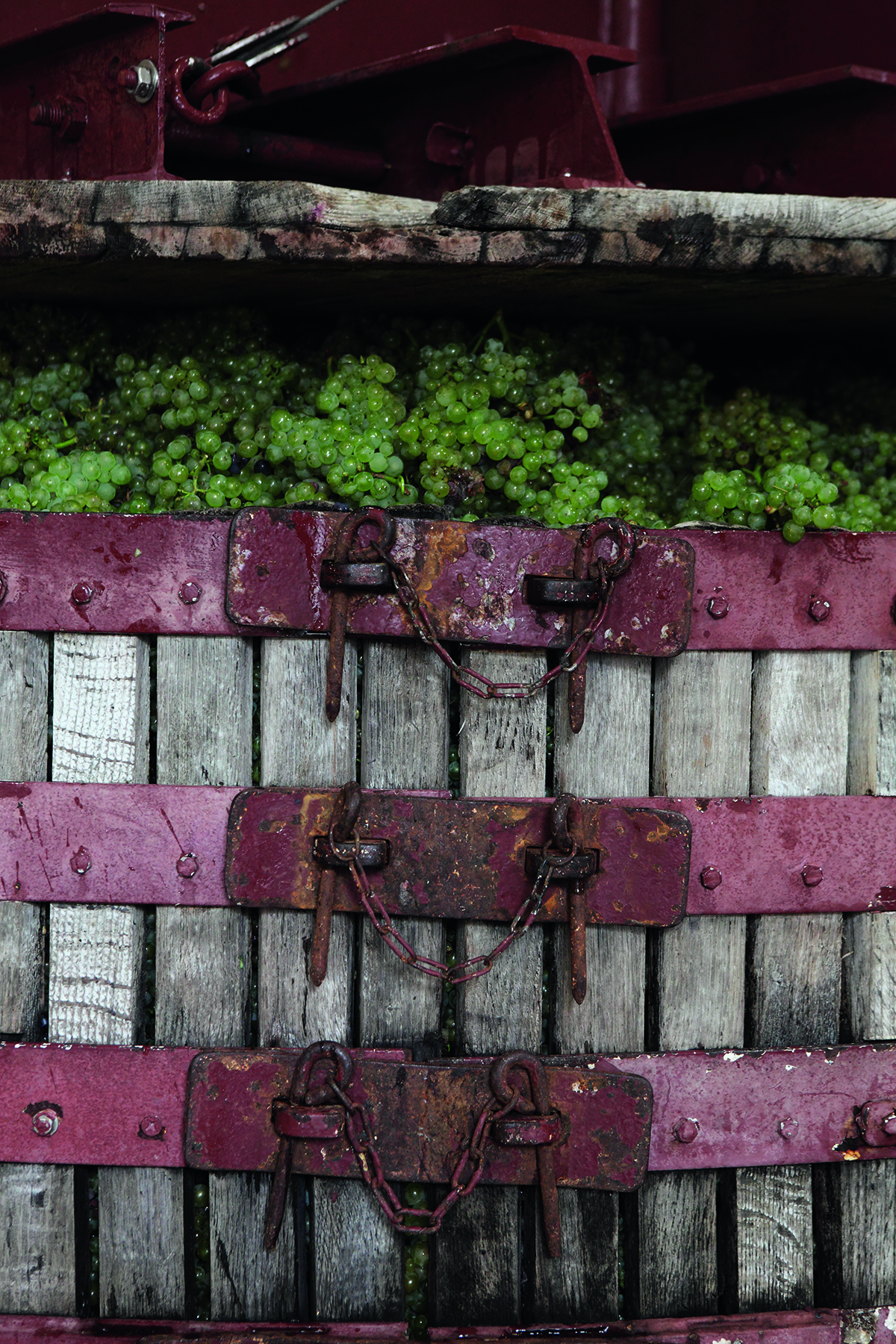
Courtesy of Louis Roederer
LUX: Is Cristal a fine wine like great Burgundy or Bordeaux, or is champagne always going to be ‘other’, somehow different to still wines?
Jean-Baptiste Lécaillon: I believe the secret of champagne is that it’s a serious wine, for sure, but the bubbles make it different. It’s simply more than wine.
LUX: Our readers are wealthy consumers and collectors of wine, not necessarily technical experts in wine. Could you explain to a typical reader of ours what makes Cristal special?
Jean-Baptiste Lécaillon: Cristal is special because the terroirs it comes from are the best in Champagne, and its long-term performance since 1876 has been maintained and showcased year after year, demonstrating the quality of the terroirs and making it the oldest prestige cuvée in Champagne. Historically, Cristal comes from the best location in the region. It is not even the best cru and I am not saying that we have all the best plots, as we are in a neighbourhood with some very beautiful plots. But Cristal has these old, mid-slope vines; the mid-slope is perfect because you get the humidity from the top of the hill and the heat from the bottom. You get eternal softness. It is not extreme like the forest or the valley. When the weather is very hot the mid-slope is cooler, and when it is very cold it is warmer. Cristal is born in a very special place chosen specifically by the house, making it the ideal champagne. So, what can we do best here? Cristal, by the selection of plots, in the way we farm them and in the way we blend the grapes, is all about reaching this ideal of purity and finesse. And, as I was saying earlier, we really have a link to the place, we consider each crop of Cristal as a jewel, and our job is to maintain it to be the brightest and most beautiful as possible. It is precision, haute-couture farming in the choice of material and date of picking, making wines that are elegant yet powerful.
Read more: Brunello Cucinelli on cashmere and humanitarian capitalism
LUX: How does Cristal evolve with age, and what specific biochemical properties allow it to age well?
Jean-Baptiste Lécaillon: Because it is grown on chalky soils, with low yields and picked at good ripeness, Cristal has great acidity, low pH, a high concentration and a dry extract which are great assets for ageing over many decades.
LUX: A lover of Burgundy may be attached to a particular vineyard plot. Yet Cristal, while made from Burgundian grapes, is a blend of many vineyards. How does this work?
Jean-Baptiste Lécaillon: Because Champagne’s climate is more oceanic, so more unstable than Burgundy’s, champagne makers have invented blending of different parcels and villages to reach a better quality every year. It is not about consistency of style, but the best possible quality in a particular vintage. A blend of Cristal is a little bit like the blending of all the grands crus in Burgundy. Imagine making a blend of Corton Charlemagne, Montrachet, Bâtard-Montrachet, Chevalier-Montrachet, La Romanée, La Romanée-Conti, La Romanée-St-Vivant, La Grande Rue, La Tâche, Richebourg, Échezeaux, Grands Échezeaux, Clos de Vougeot, Musigny and Bonnes Mares, with the only condition being that the blend has to be a better wine than each one of them. That’s the way we think about creating Cristal.
LUX: What does sustainability mean to you?
Jean-Baptiste Lécaillon: It means developing the excellence of the quality and identity of our wines, as well as the resilience of the biodiversity and climate of our vineyards’ ecosystems. It means reducing our impact on nature by decreasing our overall footprint by being as restrained as possible in all fields of activity and taking care of employees and consumers. In the end, there is, of course, an economic side as well, but innovation stands at the centre of what we do to make it all happen.
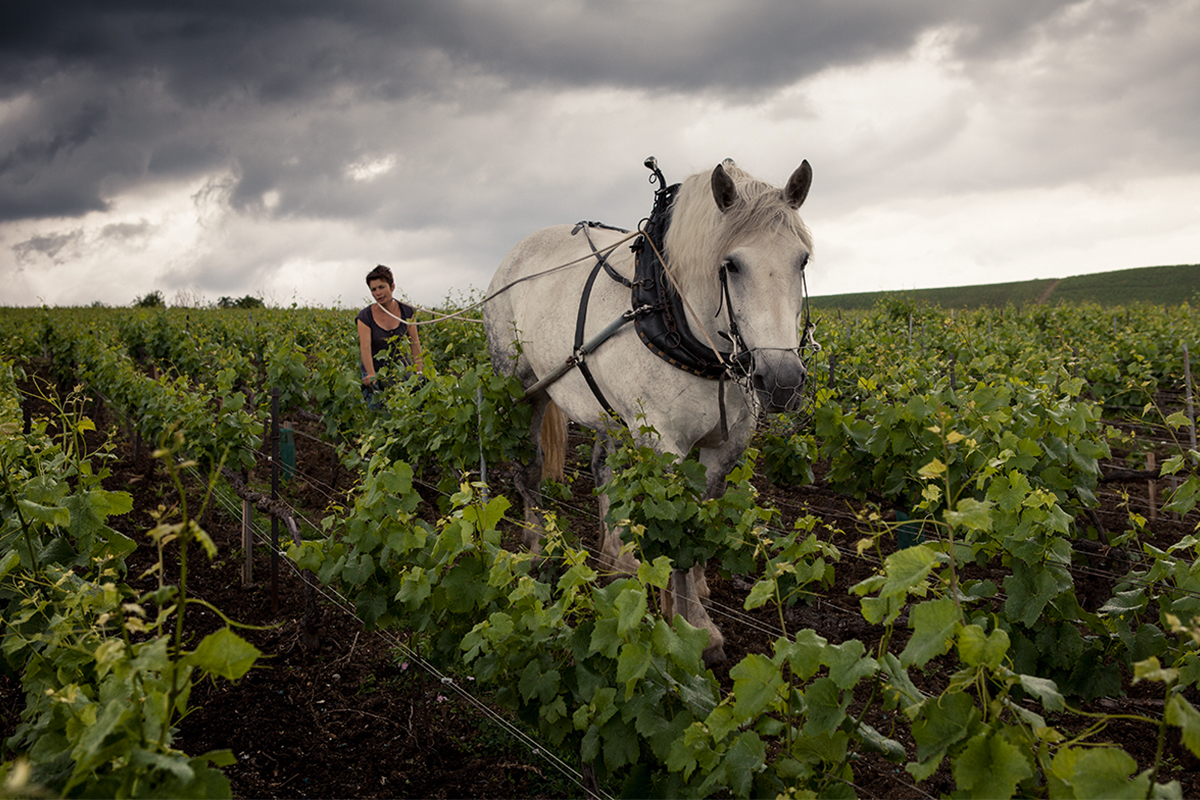
Louis Roederer has 242 hectares of vineyards across the Champagne region, mostly given over to the pinot noir and chardonnay grapes from which all their vintage wines are made. Image courtesy of Louis Roederer
LUX: Specifically, what measures have you taken to counter climate change?
Jean-Baptiste Lécaillon: Since the beginning of life on Earth, the climate has been changing. It’s the essence of farming to adapt production and practices to this constant change. What is changing is the speed of this adaptation. We must focus on developing a strong resilience in our ecosystem so that it can cope in a fast-changing climate. We also need to innovate and try new things. And we need to decrease our carbon footprint to help slow down global warming.
LUX: You switched to organic farming in 2012. What difference has that made?
Jean-Baptiste Lécaillon: Yes, this is unique in champagne. Changing to organic production has delivered us a better conscience. I was talking about jewels and what I want for my jewel are the best farming conditions. I do not want to use pesticides or add things to my soils. It gives me and my team a good conscience to say we do things honestly, and that we do things for the next generation that are free of all excess chemicals. In the wine itself, it has really changed the alcohol/acidity ratio, which was exactly what I wanted it to do. It gives a little more ripeness, a little more strength and richer flavours. At the same time, a higher acidity, or lower pH, gives more freshness. Over the years, we have done much blind testing and we think we have got an extra texture, an extra aroma. Everything is a bit amplified. It has also pushed us to rethink our winemaking. We were fermenting our wines in a way that was traditional to the house, using sulphites and so on, but, thanks to organic farming, we have been able to reduce our sulphites and, in the case of chardonnay, to not use any sulphite at all, because the wines are stronger and they can take it. I think we have more resilient wines in the end, but it is too early to say. I think it will also increase the ageing potential of my wines because there is so much of everything. You know, with wine ageing you start with a potential and you lose a little bit and continue losing until the wine becomes static. But along the way there is a point of beauty where you get maybe less fruit, more texture and aroma, it becomes more complex with different umami flavours. I think we can extend this a little bit. This is nothing new because, in fact, champagne was organic before 1960, so all the champagnes from ’28, ’29, ’47, ’49, ’62 and ’64, were all organic and they aged beautifully. I am more into wanting the wine to last than immediate pleasure, but you need to find a balance and, in this, I am modern and classic at the same time – it has to be delicious, which is modern, but the classic demands that it lasts and be even more beautiful in 40 years. Maybe that is what Cristal really is, modern and classic at the same time.
LUX: Do you think that Cristal, and prestige champagnes in general, are taken more seriously now than they were 20 years ago?
Jean-Baptiste Lécaillon: I think so, yes, and it is accelerating. What I call ‘label drinking’ is becoming less and less important. It still is, of course, but people are much better informed now. Unlike in the past, they want information, to hear what we say about the vineyards and how we make the wine. People are looking for more transparency, more honesty, more values in what they drink over and above just a label. Also, I think there is a very interesting price point, because when you make wine like Cristal, which is at a high level of quality, the price difference is quite big. If you look in the still wine world in France, I can see wine lovers and collectors who are now becoming champagne collectors. That is fantastic. Last but not least, champagne has really shown a lot of modern aspects which came largely from grower communication. In Champagne, it is not just Moët, Pol Roger and Bollinger; there are also small growers who do a great job and present completely different wines, and that is contributing to this exciting moment for champagne.
Read more: Superblue’s experiential art centres & innovative business model
LUX: Is there a typical Cristal drinker/fan/aficionado?
Jean-Baptiste Lécaillon: That’s a good question. I know a few American and Japanese aficionados. They are often collectors of great Burgundy, but I am talking about a small niche of collectors, which is not the main market. We used to sell a lot on the nightlife scene in the 80s and 90s, but not so much anymore. Our main clients for Cristal now are restaurants and private buyers. So, I would say there are more wine lovers in general, but I also think that with Cristal, because it’s elegant and refined, it catches the attention of a lot of people who are not so much wine lovers. I remember a Californian lady telling me, “I just drink Cristal”. I asked what else she drinks, and she said, “Just Cristal, I love Cristal, I drink chardonnay”. It’s funny, because she was speaking about Cristal, but then about chardonnay. I think it shows that she wasn’t very knowledgeable but liked the softness and roundness of chardonnay, and she found this in Cristal with its elegance, lightness, chalkiness and minerality.
LUX: Do you feel that more people are now identifying as champagne connoisseurs?
Jean-Baptiste Lécaillon: I think so. I meet more and more people who want to discover the experience of mature champagnes. It probably has to do with people finally realising the exceptional freshness and ageing potential of Cristal.
LUX: And do you think that, just as there are ‘cru-distes’ who are obsessed with the cru, that there are ‘Cristalists’?
Jean-Baptiste Lécaillon: There are some. I don’t know how many cru lovers there are, nor do I know what their average age would be. I would see some ‘crudistes’ perhaps as older people, and most likely men, too. The old club, let us say. I think Cristal attracts more young people. When we do tastings, we do not want to do it for just the happy few but larger groups, too. In New York, for example, I do some very expensive tastings for the elite and we know them, I go to their place and I drink the wine with them, they are friends. But if we do more of an educational tasting, and if we can invite a few young people who maybe do not have the money but have the strong desire to experience it, I like it. This makes sense for our mission. We make the wine of today and tomorrow, not the wine of yesterday. When I bottle Cristal 2020 next year, it will be consumed on the market in ten years’ time. We need to look at these new generations, they are important, they should inspire us first. Thinking again about the classic tradition and modernity, it is good to find a nice balance between those two worlds, because we need to know where we come from, and we also need to have a vision of where we are going.
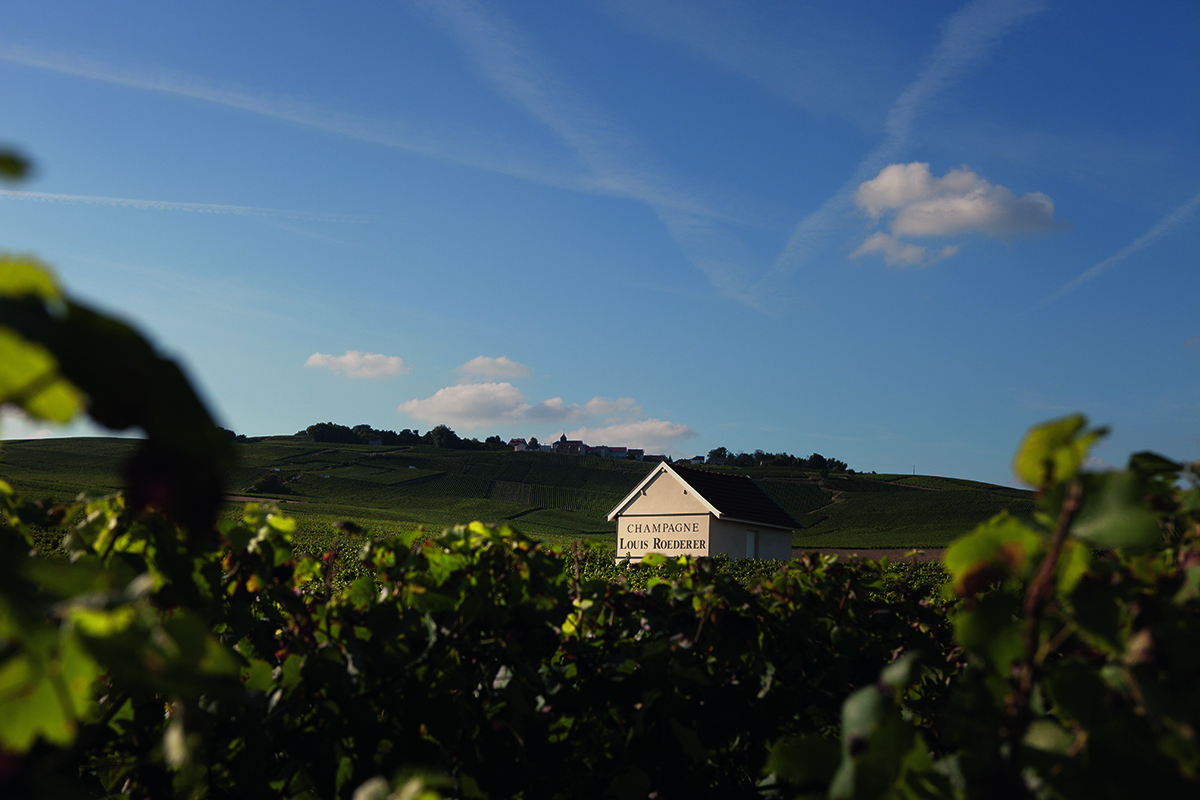
Cristal 2012 was Roederer’s first vintage produced by fully biodynamic farming methods following several years during which the champagne maker, unique among other houses, gradually converted its vineyards to being organic. Image courtesy of Louis Roederer
LUX: Can Cristal be drunk by itself or should it be accompanied by food?
Jean-Baptiste Lécaillon: It really depends on the Cristal that we are talking about, and it depends on my mood. Sometimes I can enjoy a glass of Cristal by myself and just drink it with no food, nothing, just relaxed. Or it can be matched with food. Roughly speaking, I tend to drink a young Cristal by itself or with seafood, such as crabs or oysters, those kinds of salty, light food that combine well with the acidity and the softness and fruit of Cristal. If I have an older Cristal, then it comes to gastronomy. And technically, with some you can try many things depending on the bottle. I did a tasting yesterday, because we are going to launch our Cristal Vinothèque in October. It is from ’99, so it is a 20-year-old wine. This is a wine to have with veal, with mushrooms, with something fleshy enough to withstand the Cristal. There is less carbon dioxide. I am surprised sometimes, when I am on a journey for instance, and somebody opens a bottle of Cristal with me to be drunk with a food that I would never have dreamed could be eaten alongside champagne. I remember in Hong Kong a few years ago I had some with snake soup, a combination I have never imagined, yet it worked well, it was crunchy.
LUX: Tell us more about the Vinothèque wines. Who are they for?
Jean-Baptiste Lécaillon: Vinothèque is another expression of Cristal with time. It’s more developed but it’s fresher, too. I believe this wine will meet the expectations of Cristal lovers and all lovers of mature Burgundies and riesling. It’s definitely gastronomic. My original idea, when creating Cristal Vinothèque, was that, in our modern world, even wine lovers who don’t have the patience to wait for 20 years before enjoying a bottle of wine, cannot know that in that time their taste may drive them to appreciating mature champagne. So, I planned to keep some bottles to make that experience possible for the impatient ones! In between, I found so many new aspects of ageing in our ‘laboratory of time’ that I have fine-tuned the project into what I have called ‘In Pursuit of Eternal Youth’!
LUX: Are there plans for any other Cristals? Single-grape or single-vineyard?
Jean-Baptiste Lécaillon: Yes, we have some ideas. I have many triumphs in the cellar, where we are trying to do different things. Cristal stays what it is with the terroir and so on. Cristal is also pinot noir-dominated so it will always be a blend. We could not do a Cristal Vin de Blanc, or Cristal Vin de Noir. I don’t see the logic behind doing that or see it as being true to Cristal. We can work on different aging. If you want to play with pure chardonnay, we can create it. I have plenty of vineyards and we are planning to do something with them in the year ahead.
LUX: How did you cope during the pandemic?
Jean-Baptiste Lécaillon: We didn’t stop. I kept working in the vineyards and the cellar. We put the marketing and the commercial teams in the vineyards. Everyone was part of the harvest. There is a team spirit at the moment. Today, we are experiencing a great moment, aside from Covid-19, something positive that we have never done before. But now we want our life back, to travel again, go to the markets, to Japan, the US, where we have vineyards. We have to start living with the virus and keep going.
LUX: What do you enjoy most in your job?
Jean-Baptiste Lécaillon: I like to be out there, in the vineyards, working hand in hand with nature, observing and taking the best from it to create something ultra-civilised. It’s all about transforming raw material into ultimate beauty and emotions. And it is important to me to know that the wine I create today will definitely survive me!
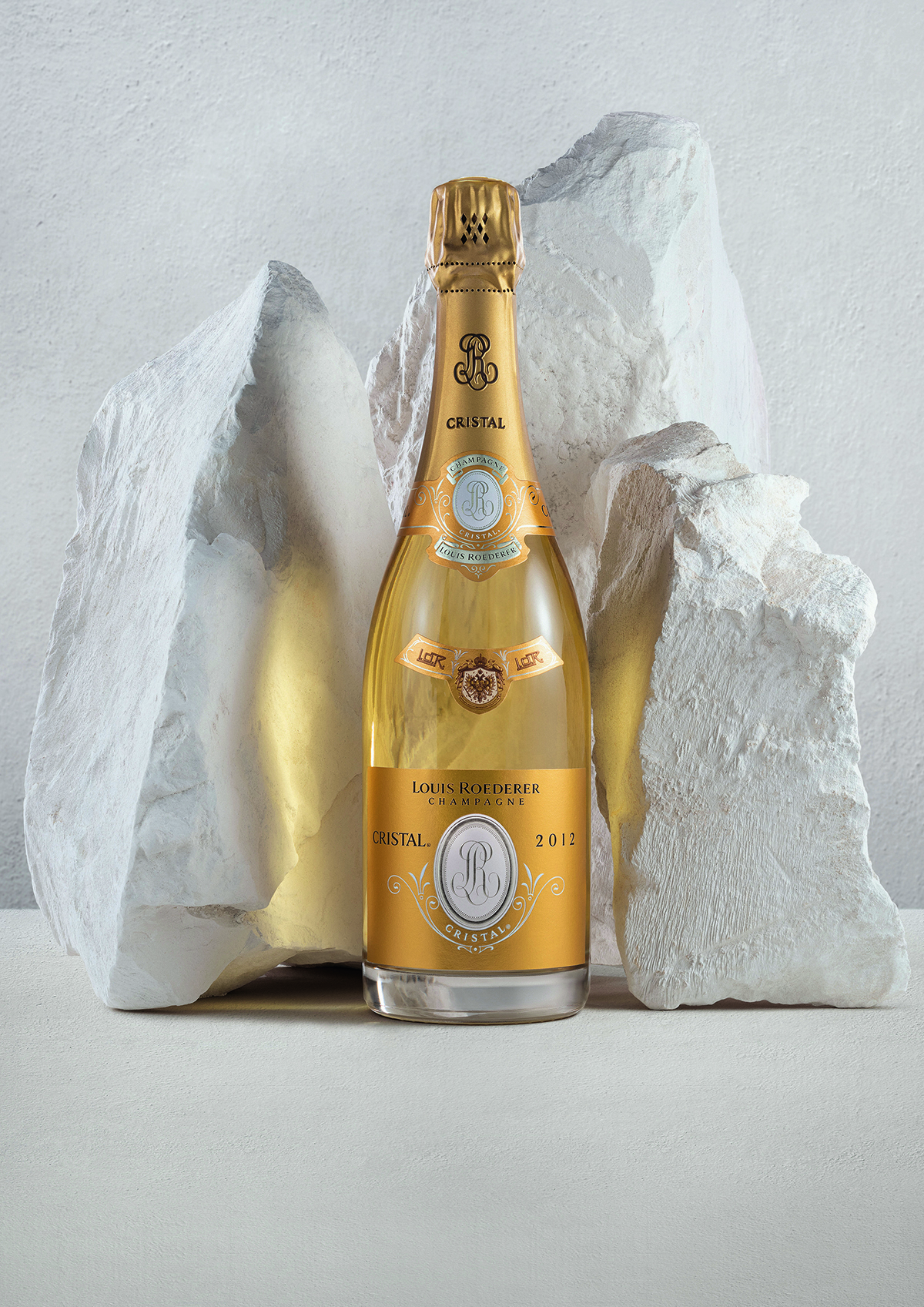
Cristal 2012. Image by Emmanuel Allaire
“Six Vintages that express Cristal in all its glory” – Jean-Baptiste Lécaillon’s picks
2012: “After 20 years of exploration, research and conversion, the Cristal estate is fully biodynamic from the 2012 vintage onwards”
2008: “A legendary vintage, the ‘Cristal of Cristals’ ”
1999: “My first vintage as chef de cave”
1993: “This really showcases how good Cristal can be in a difficult vintage and how selecting the best plots from the 45 grand cru plots that comprise the Cristal estate each year is vital. The decision is dictated by the vintage conditions, so working hand in hand with nature, listening and observing is crucial”
1989: “A hot, ripe year but still with the tension and salinity that is the signature of Cristal, which comes from the terroir”
1988: “A cooler year that has developed well with a total contrast of style”
“These last two vintages show how much the region’s climate can vary from one year to the next with a clear impact on the style of the wine. The challenge is to make great wines from both.”
Find out more: louis-roederer.com
This interview was originally published in the Summer 2021 issue.
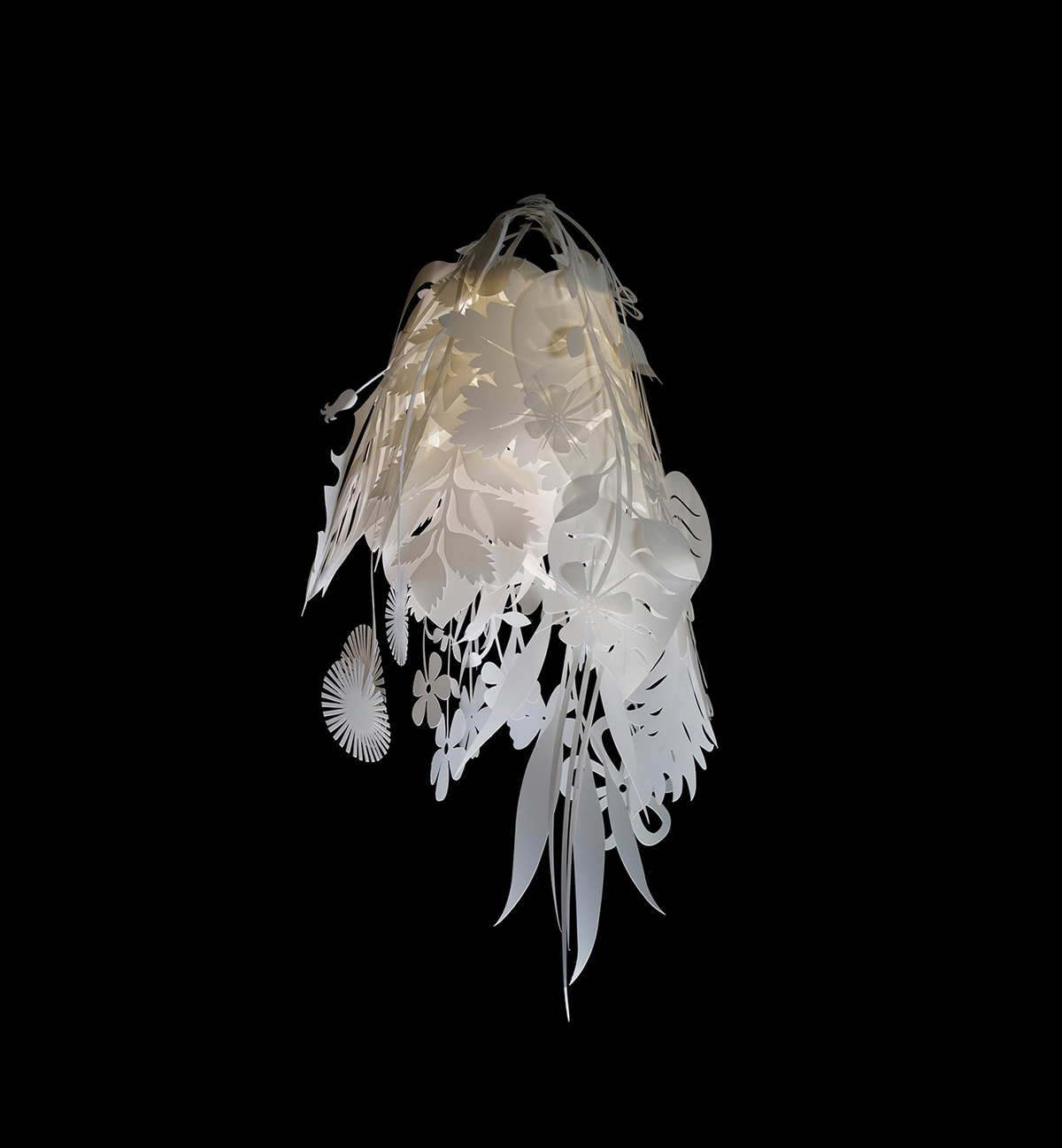
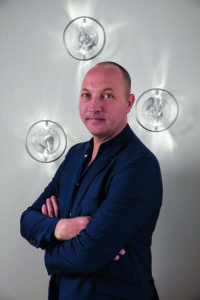

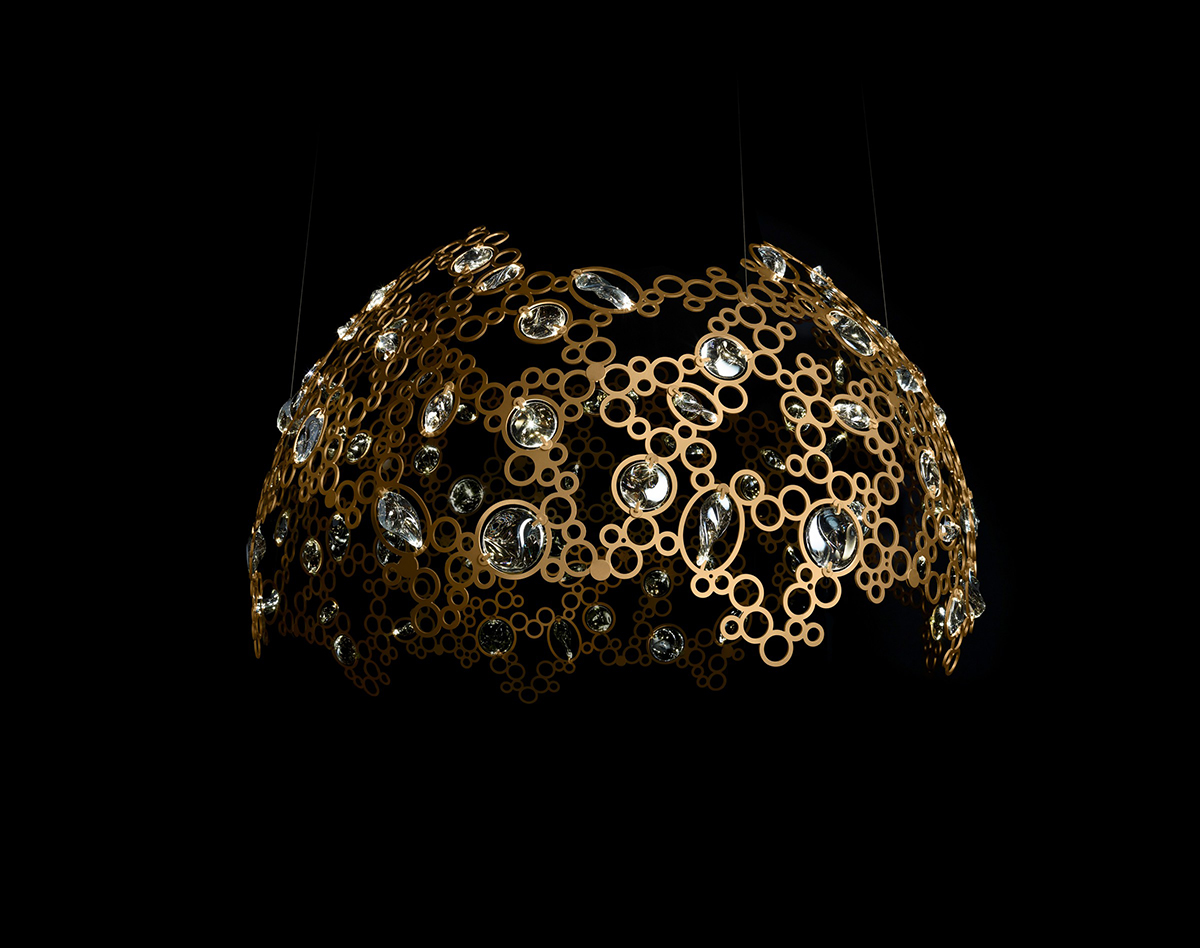
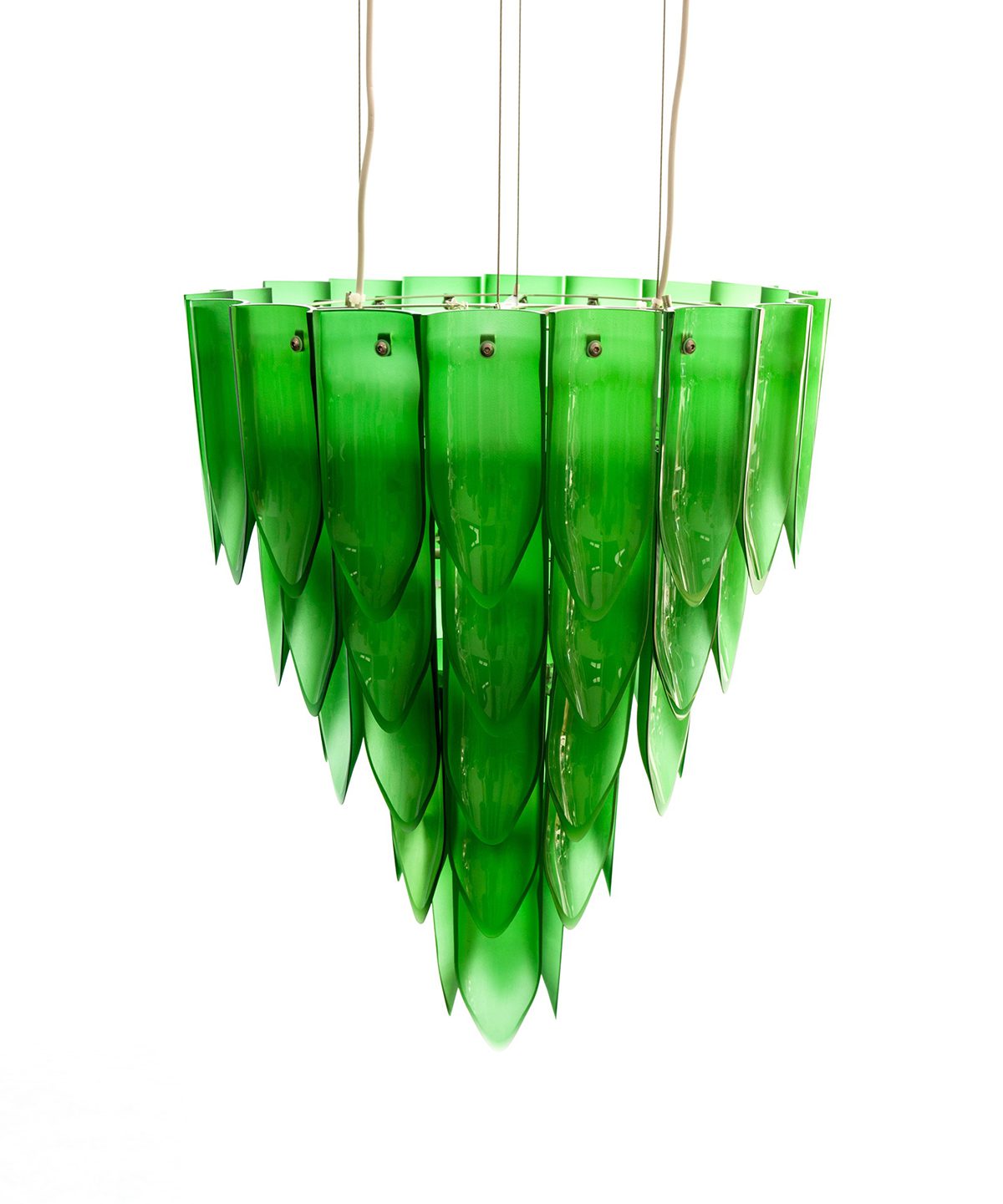
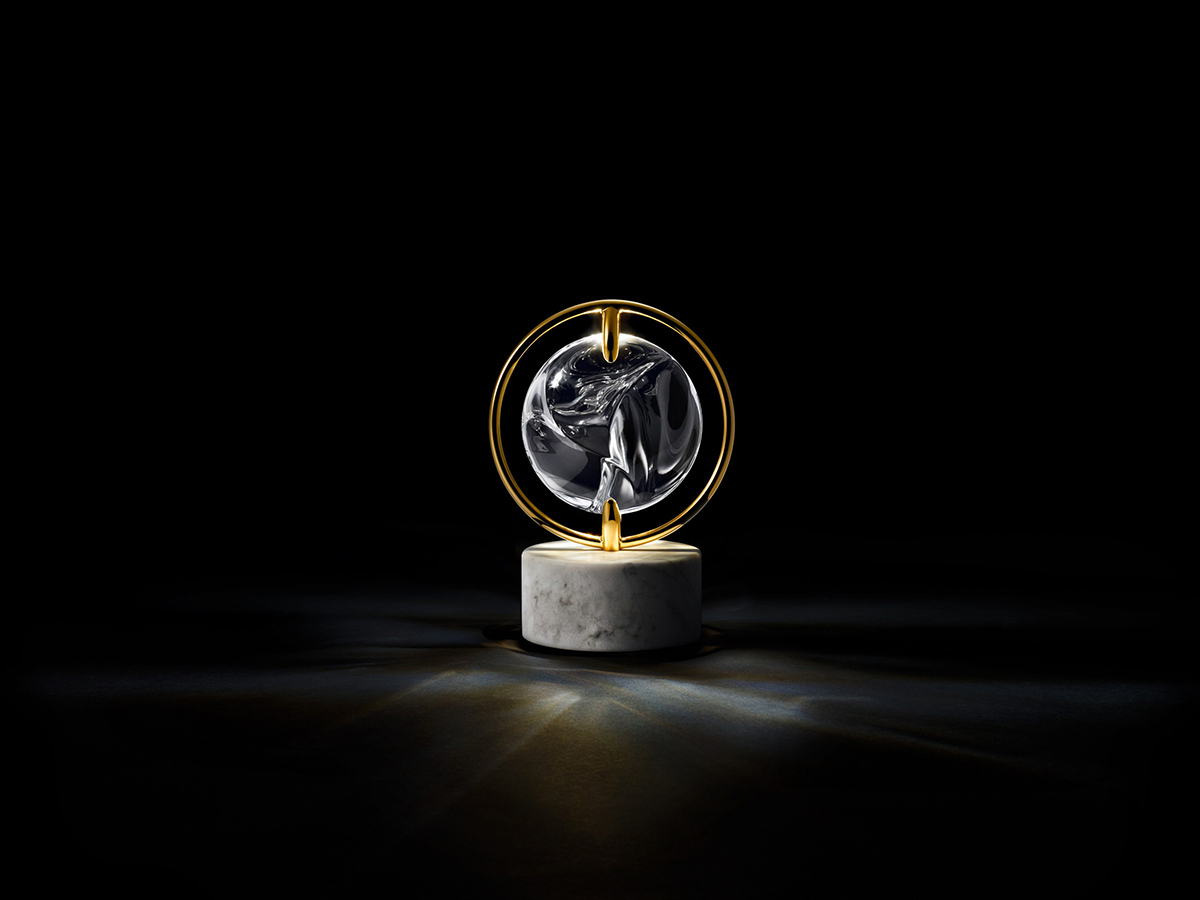
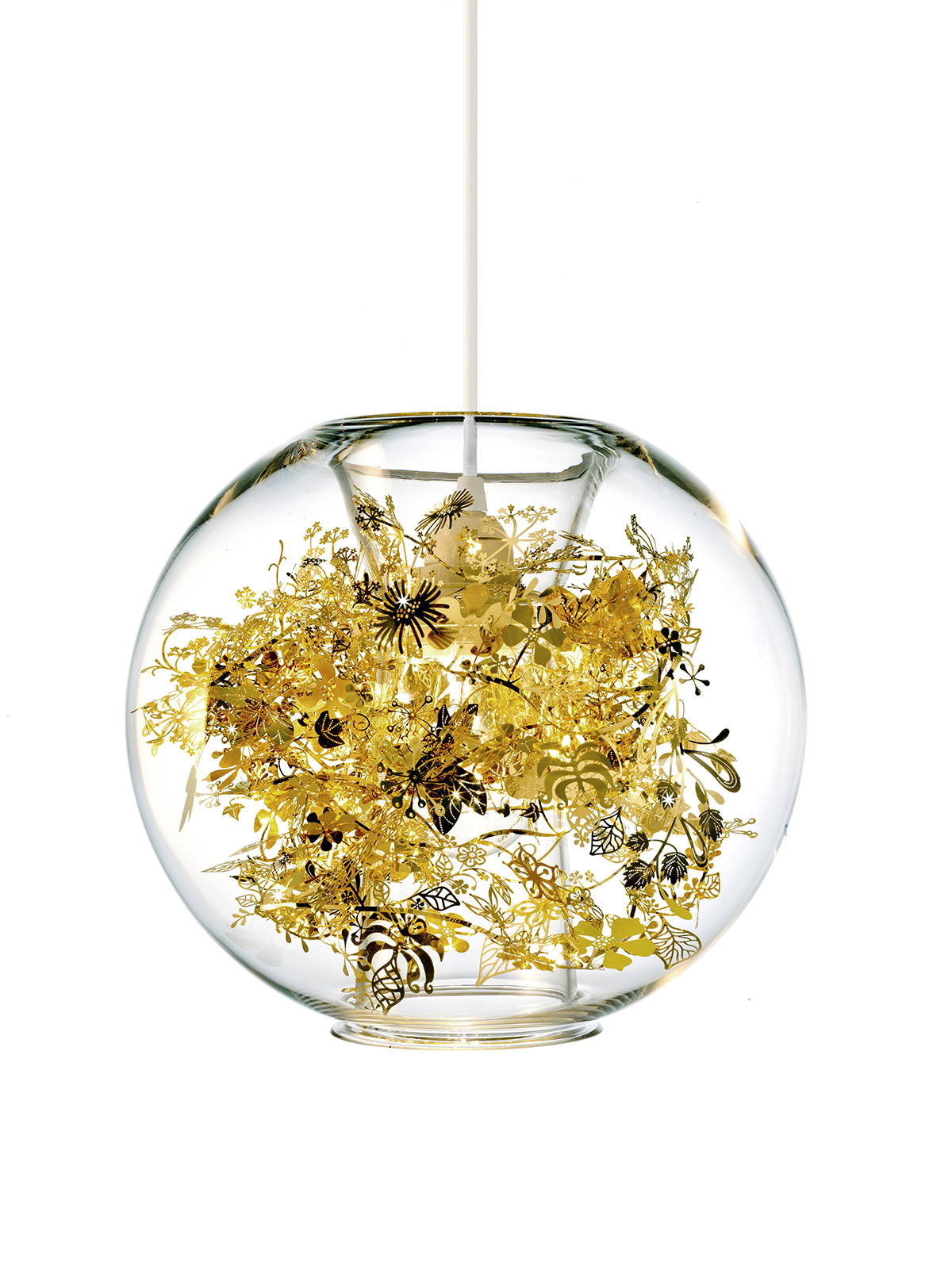



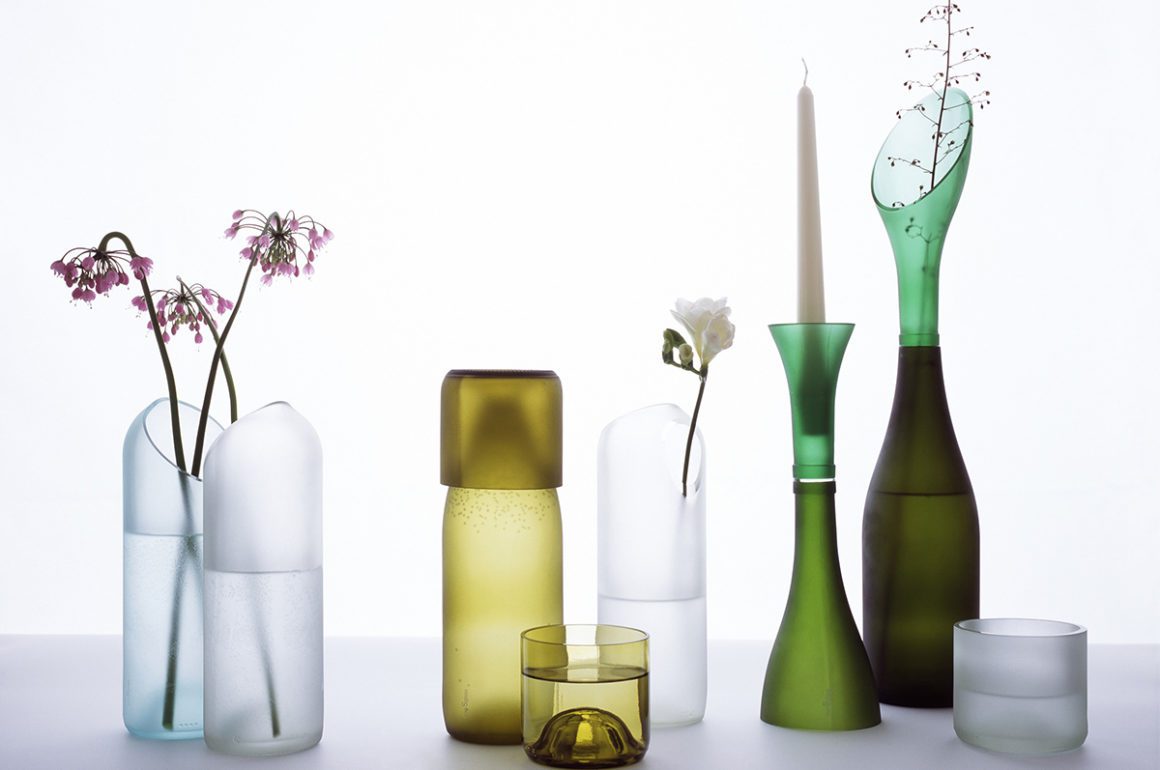
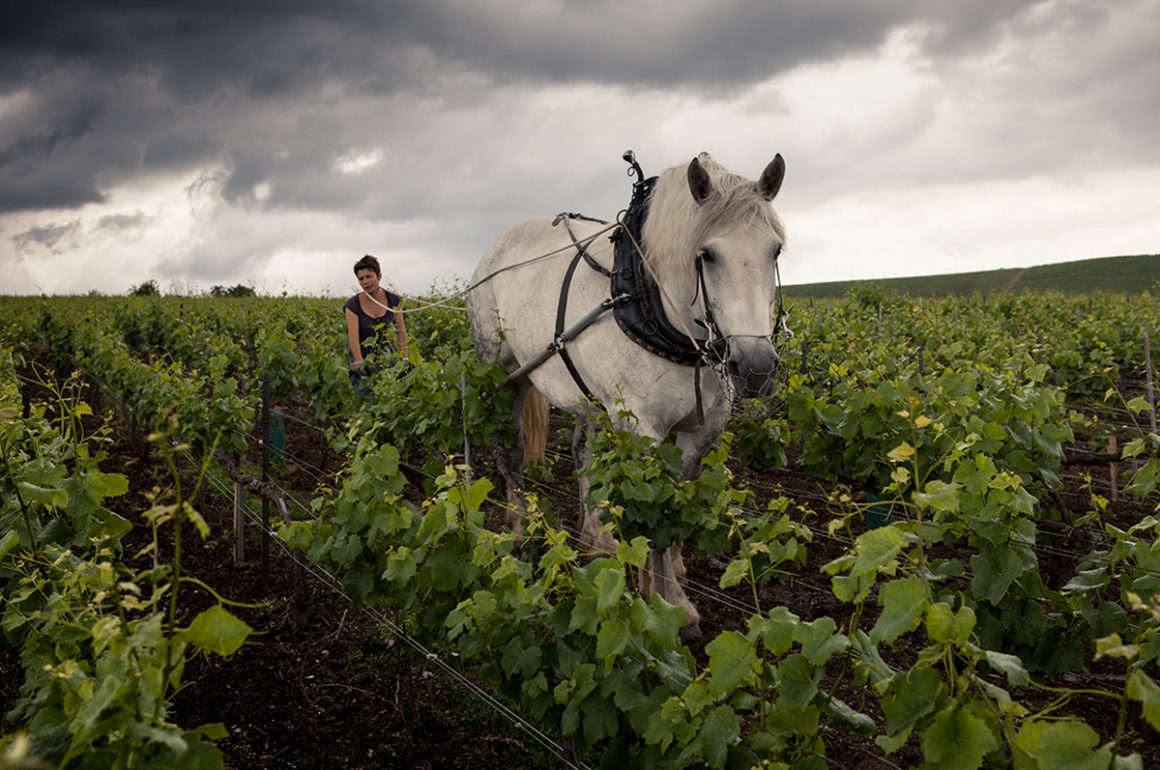







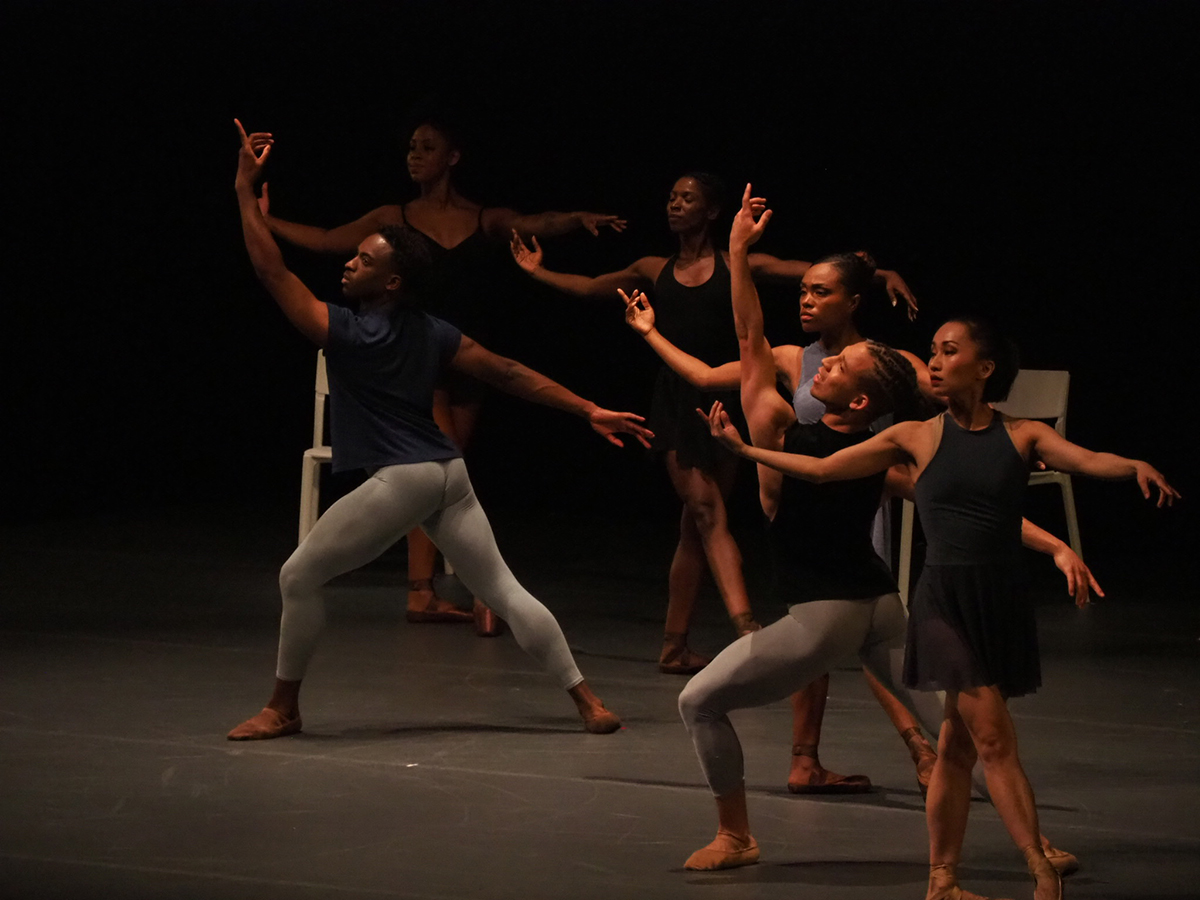
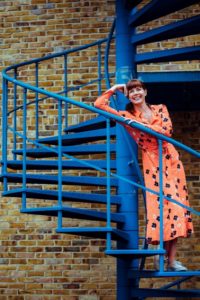
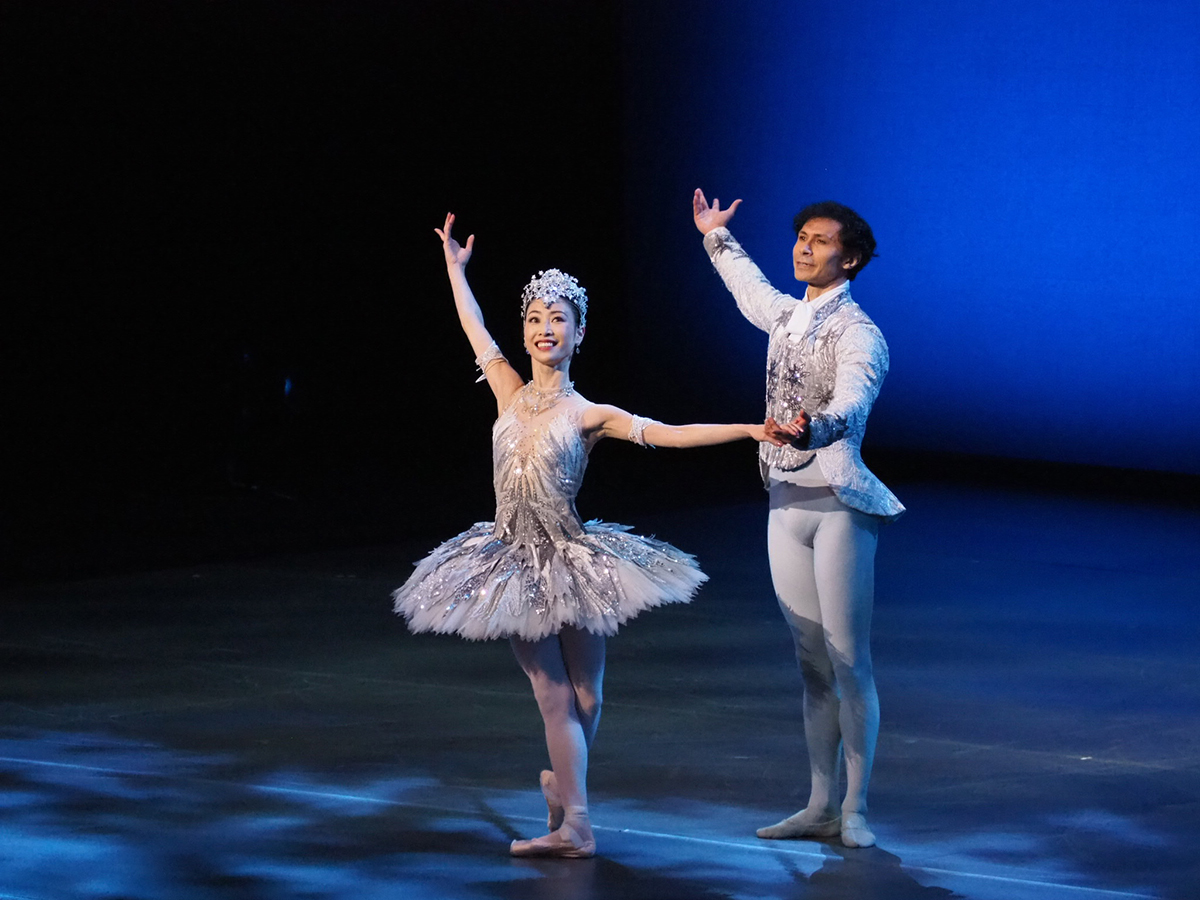


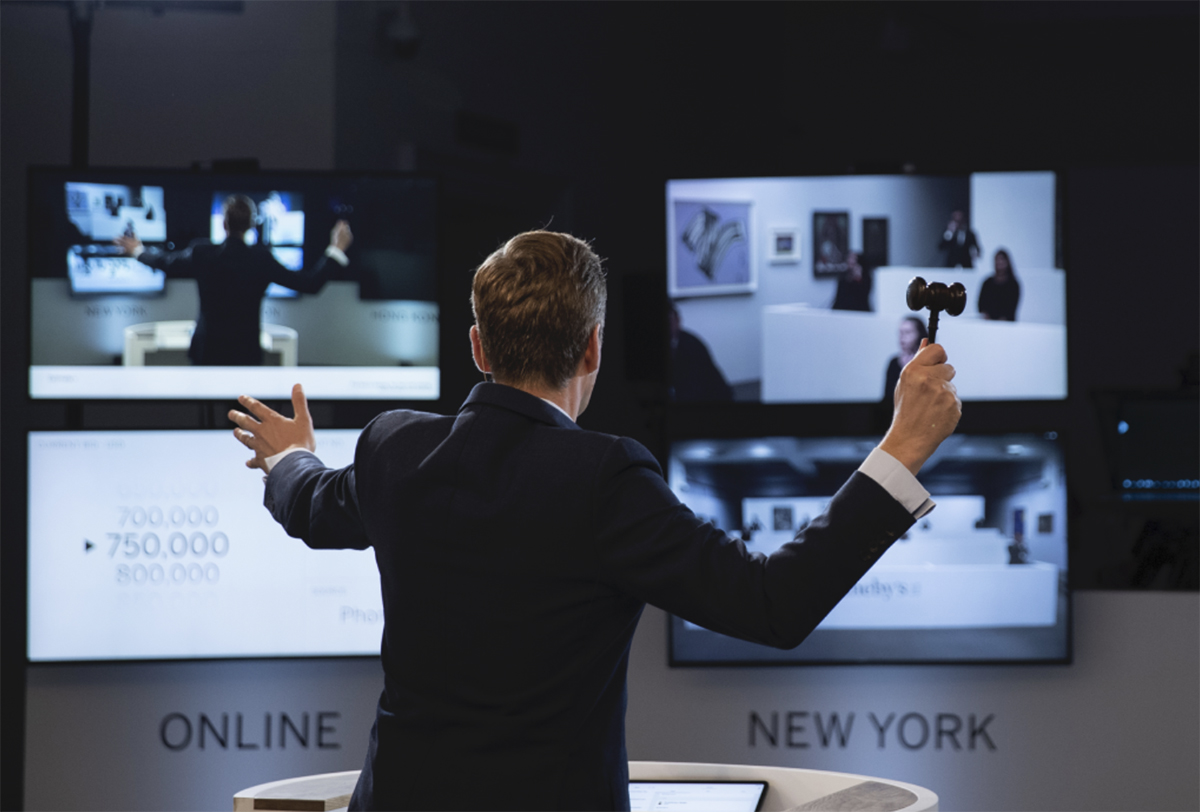
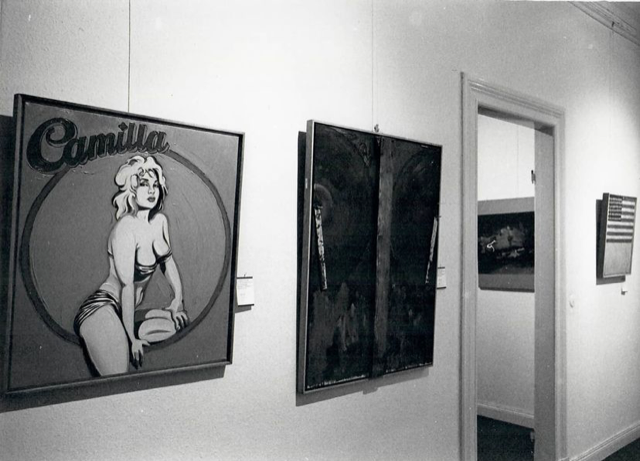
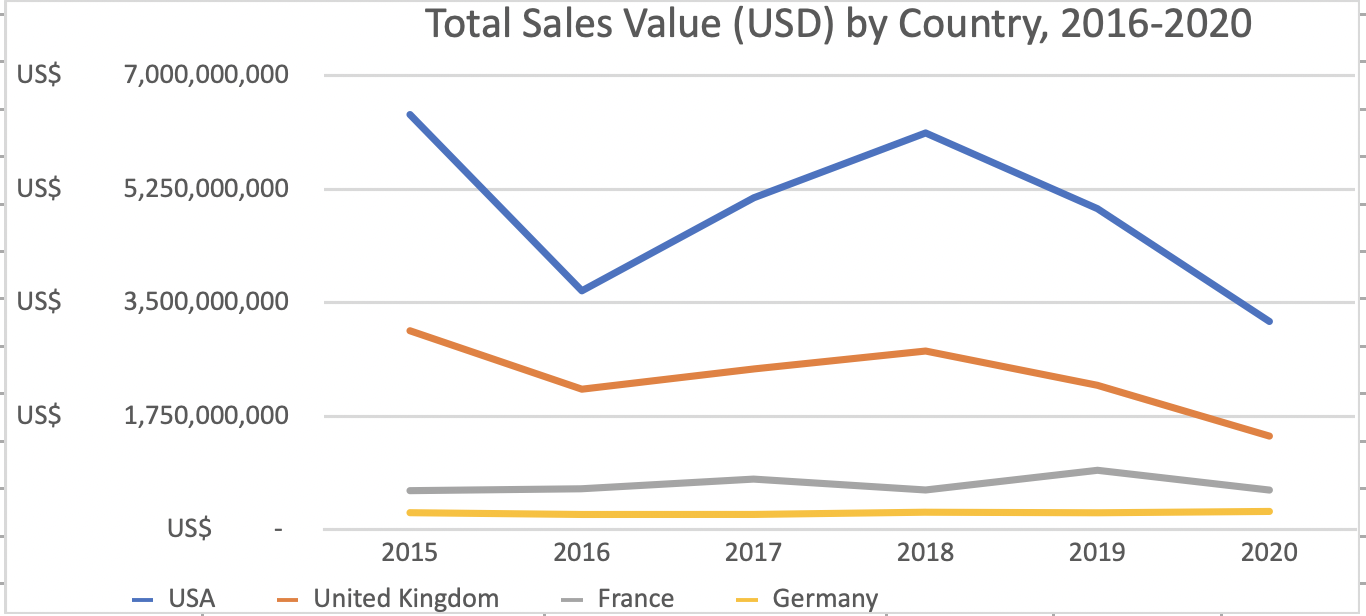
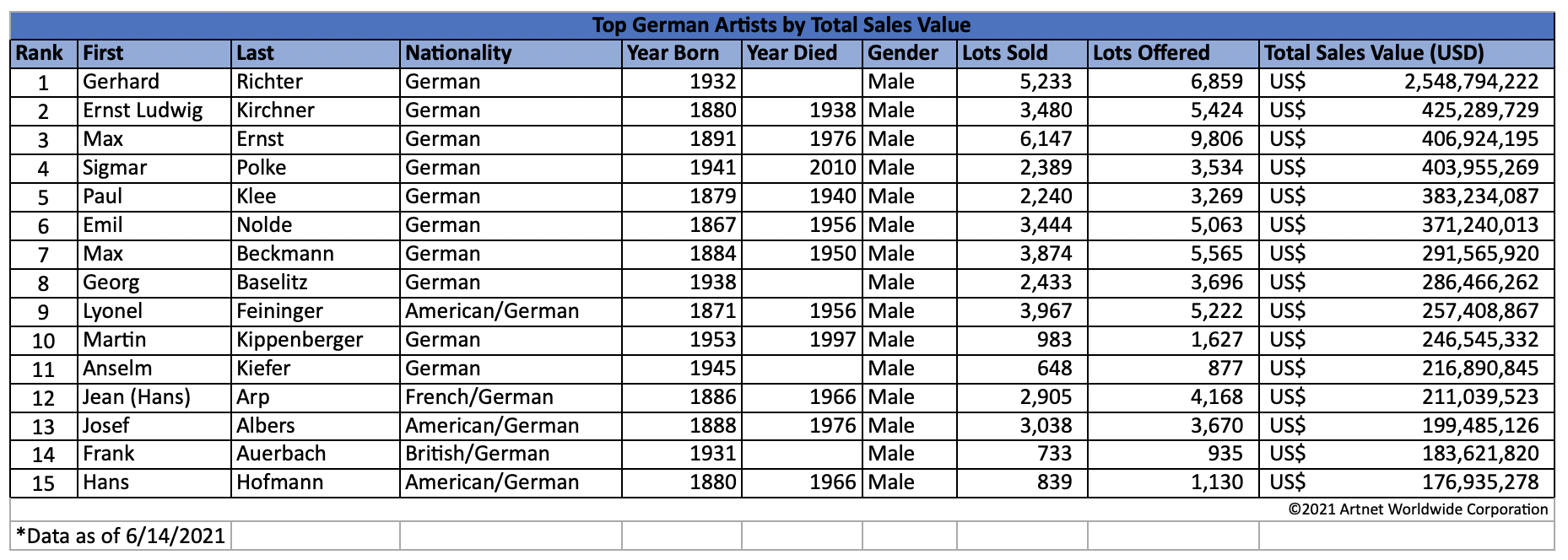
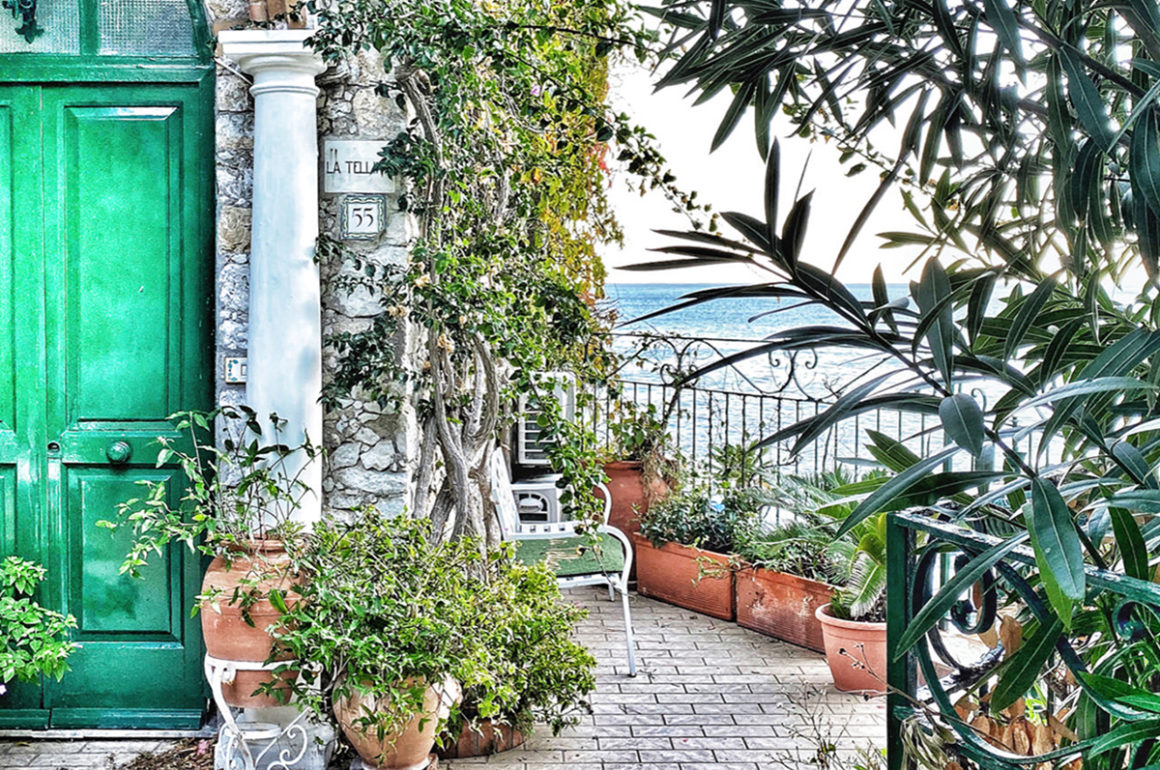
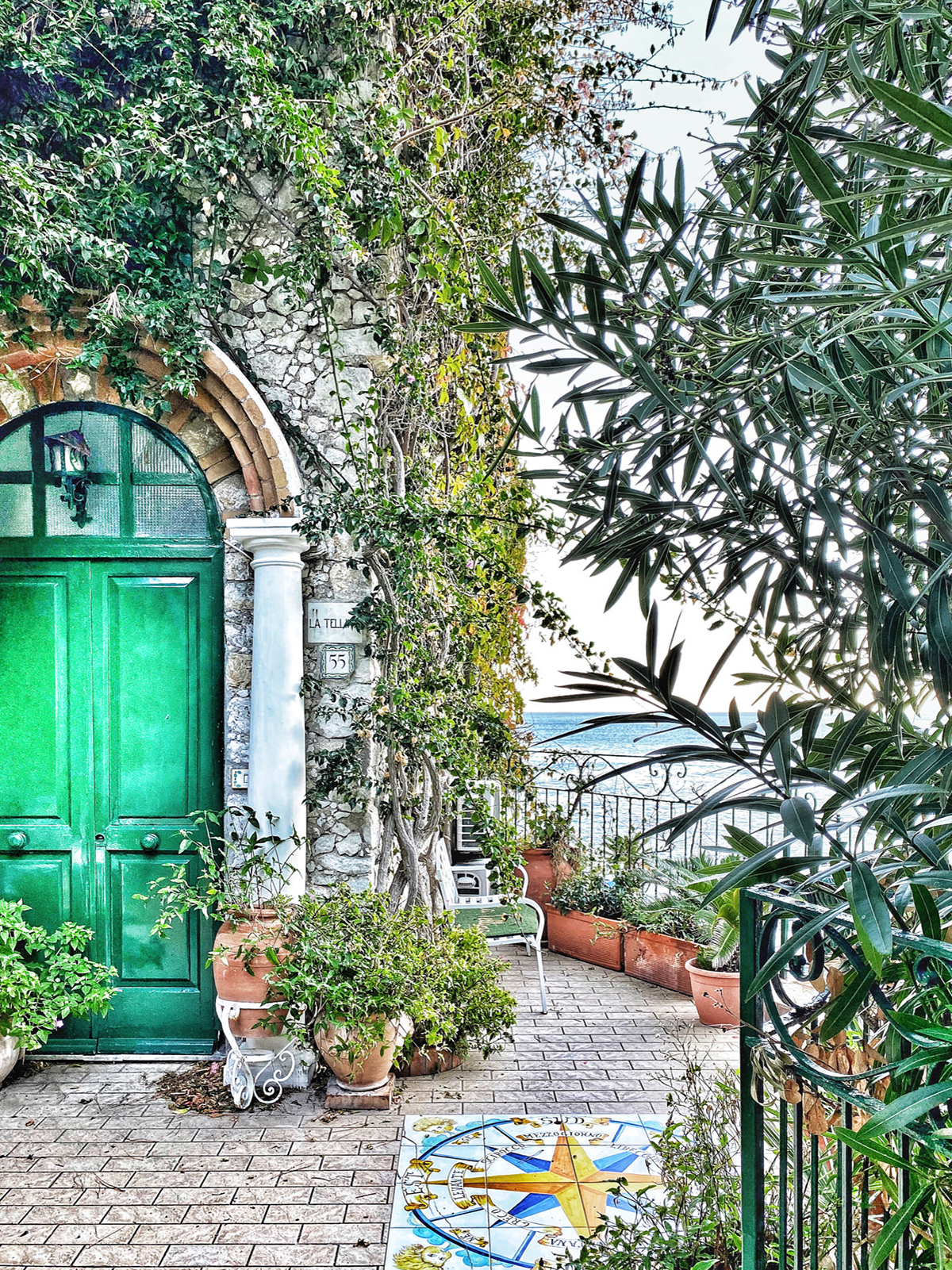
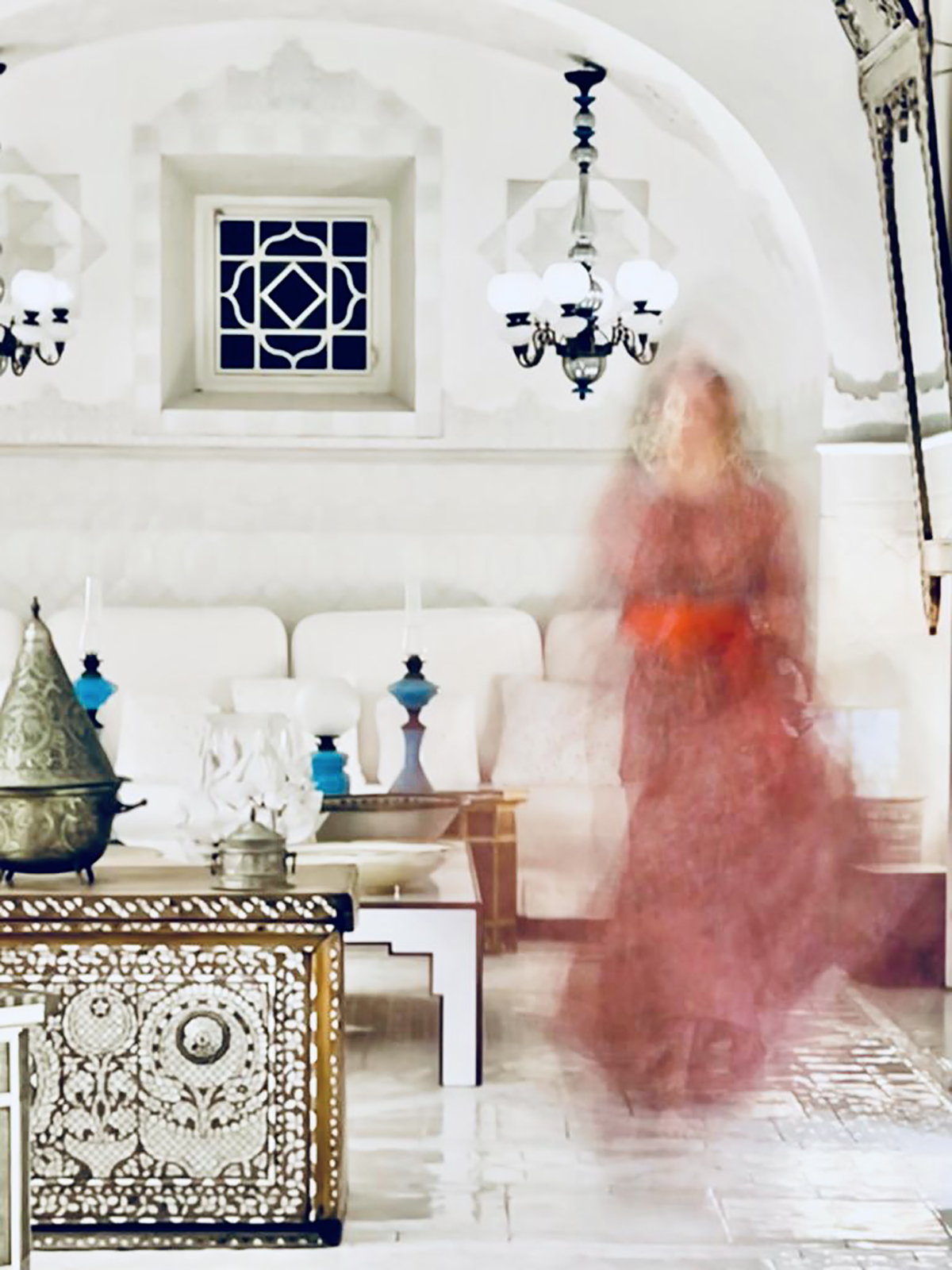
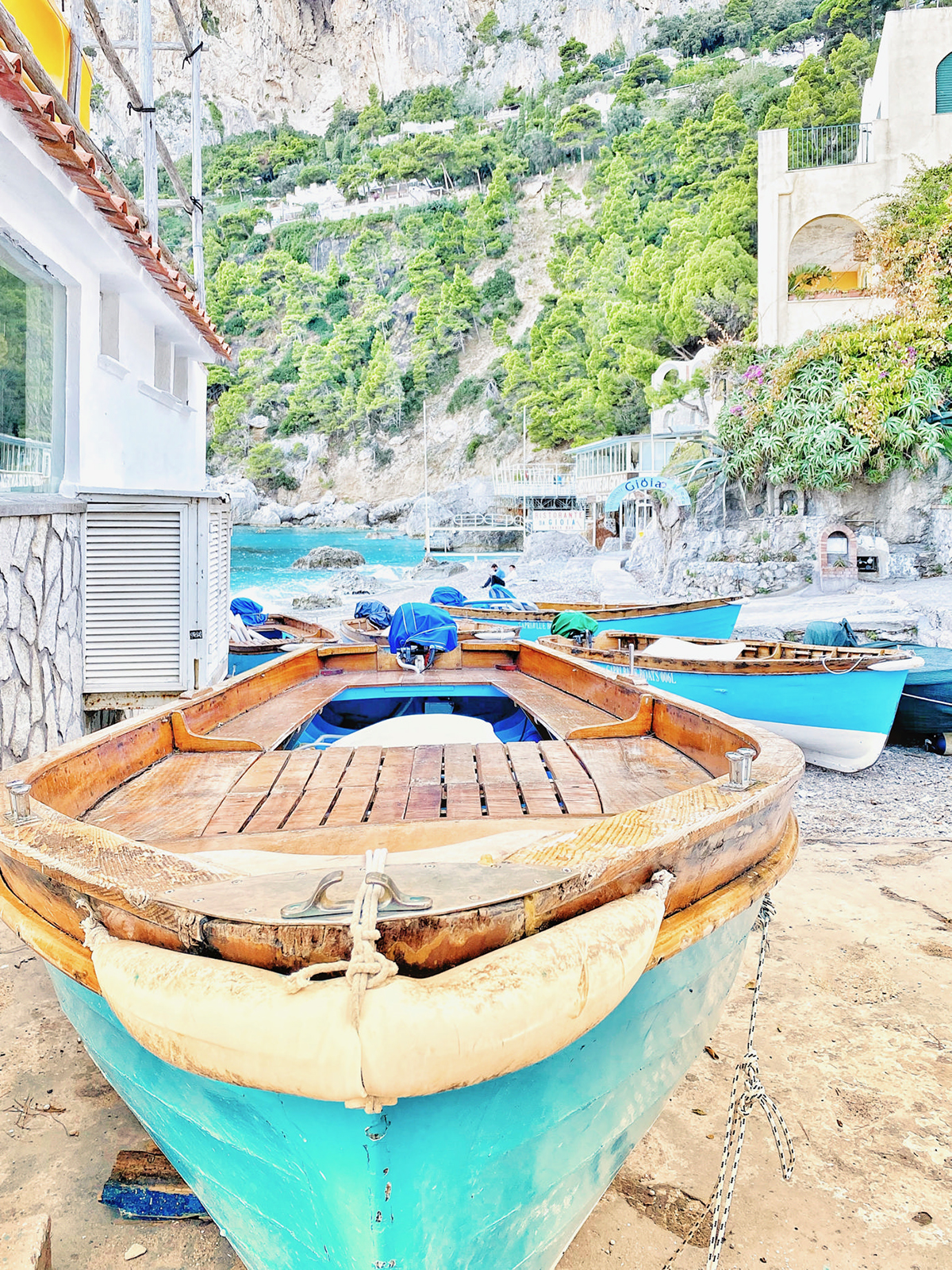
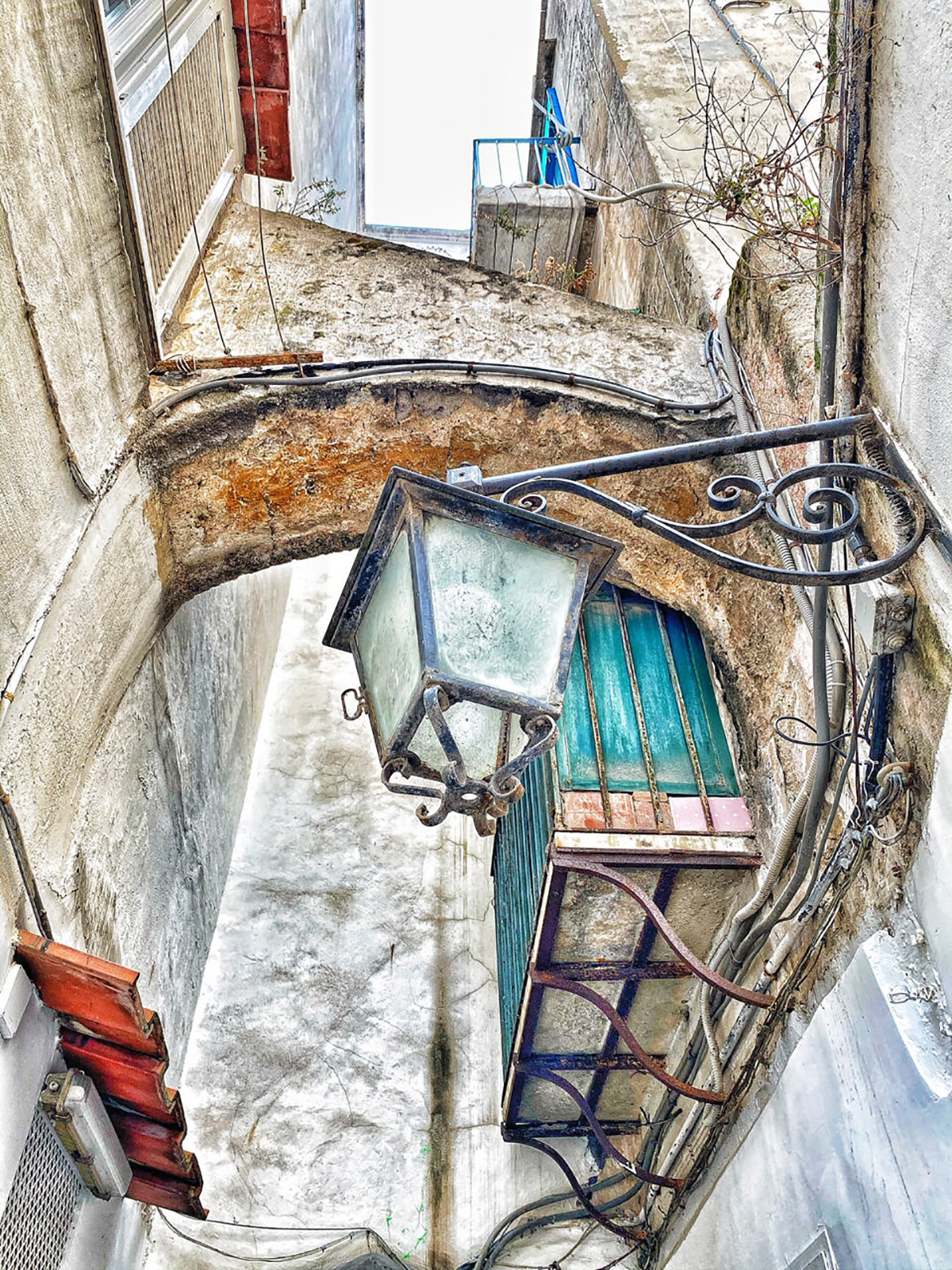
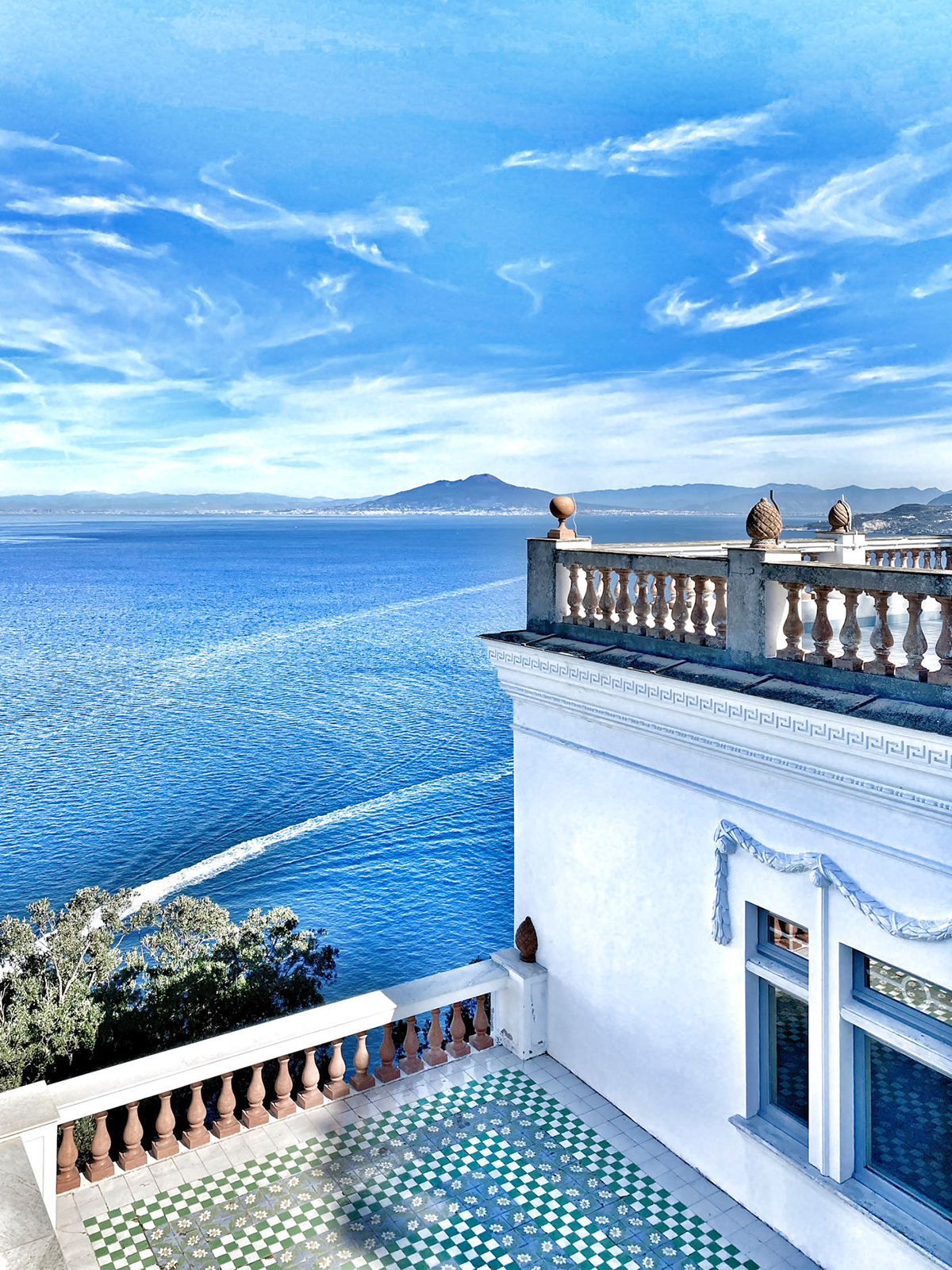
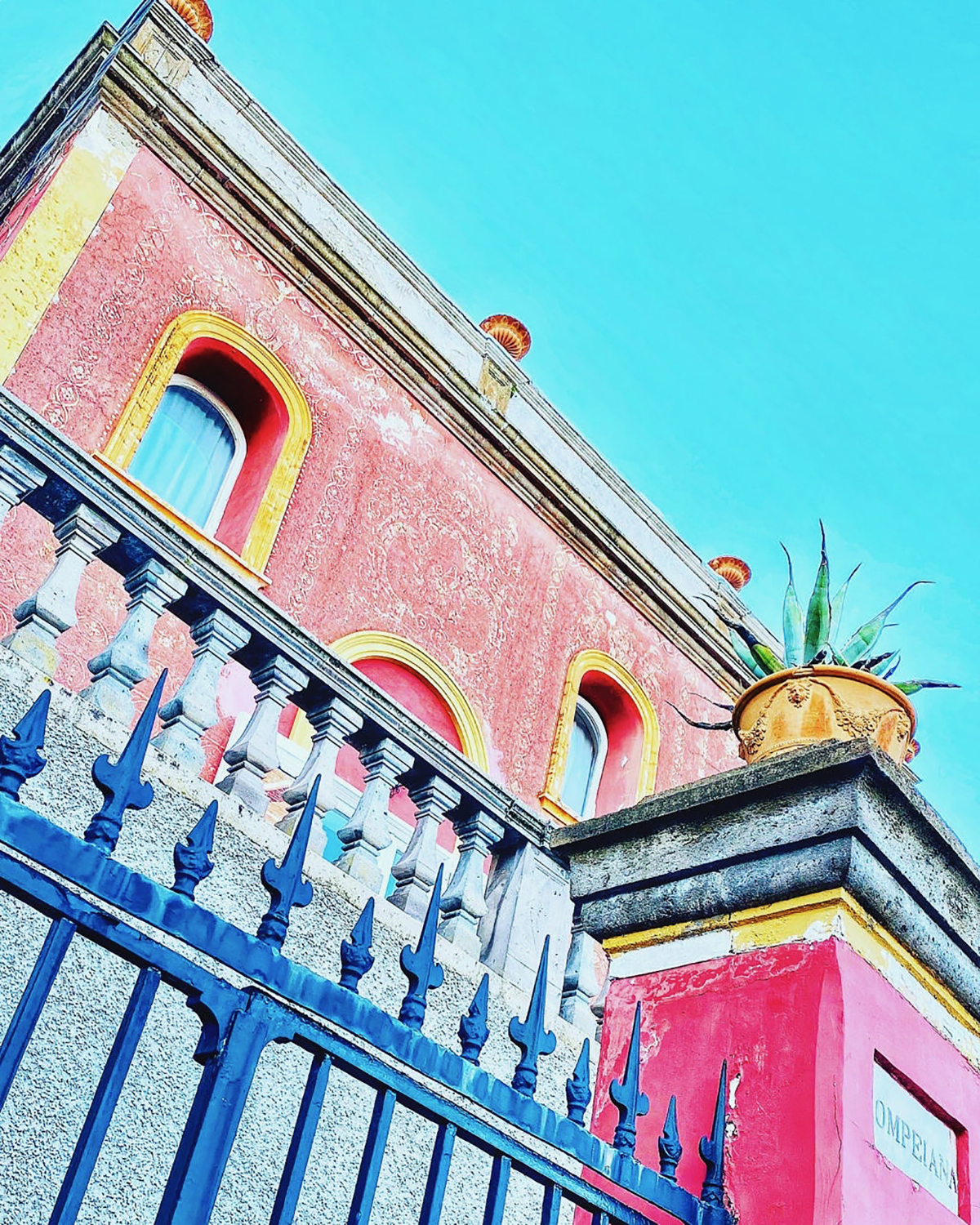
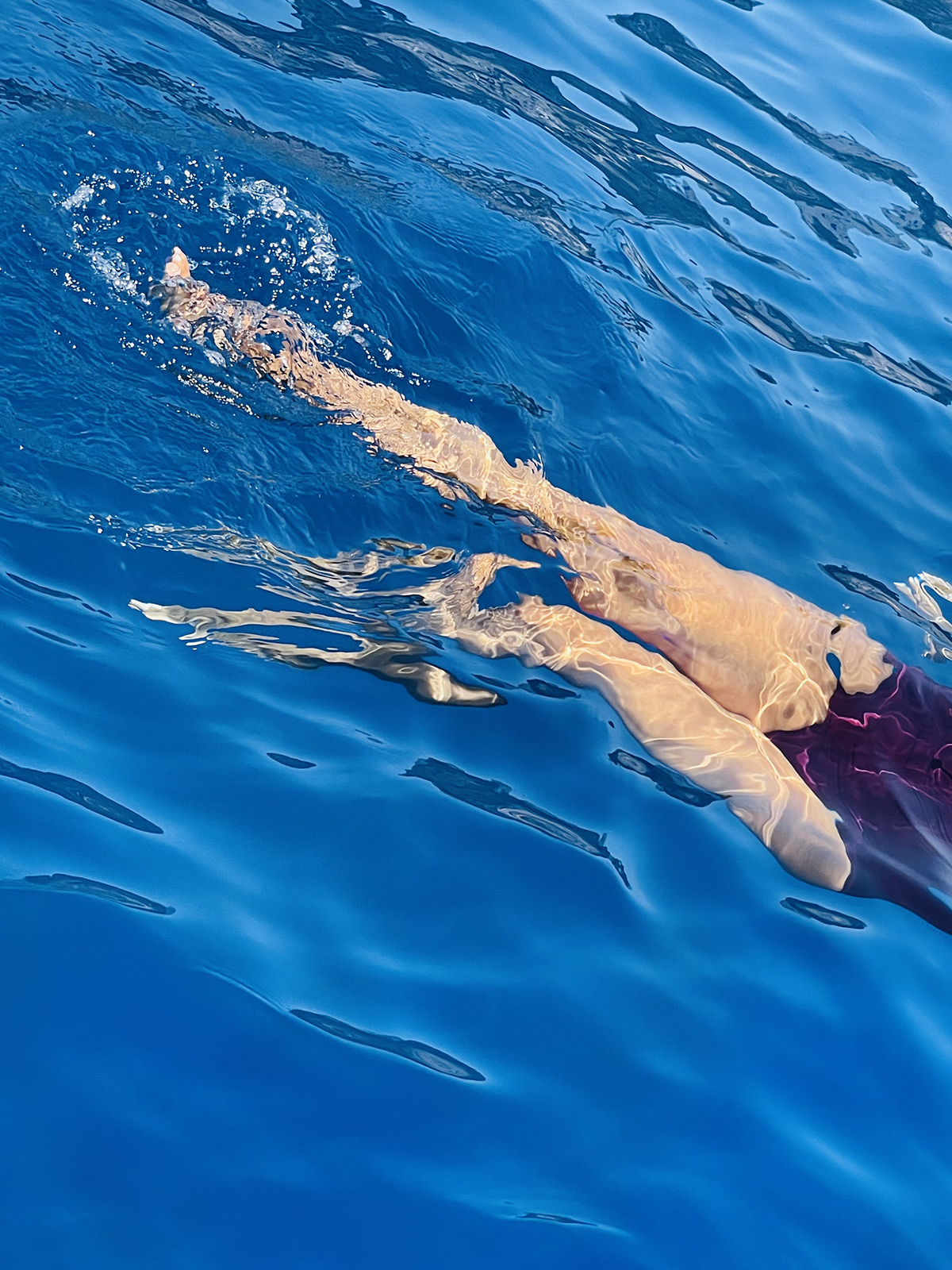
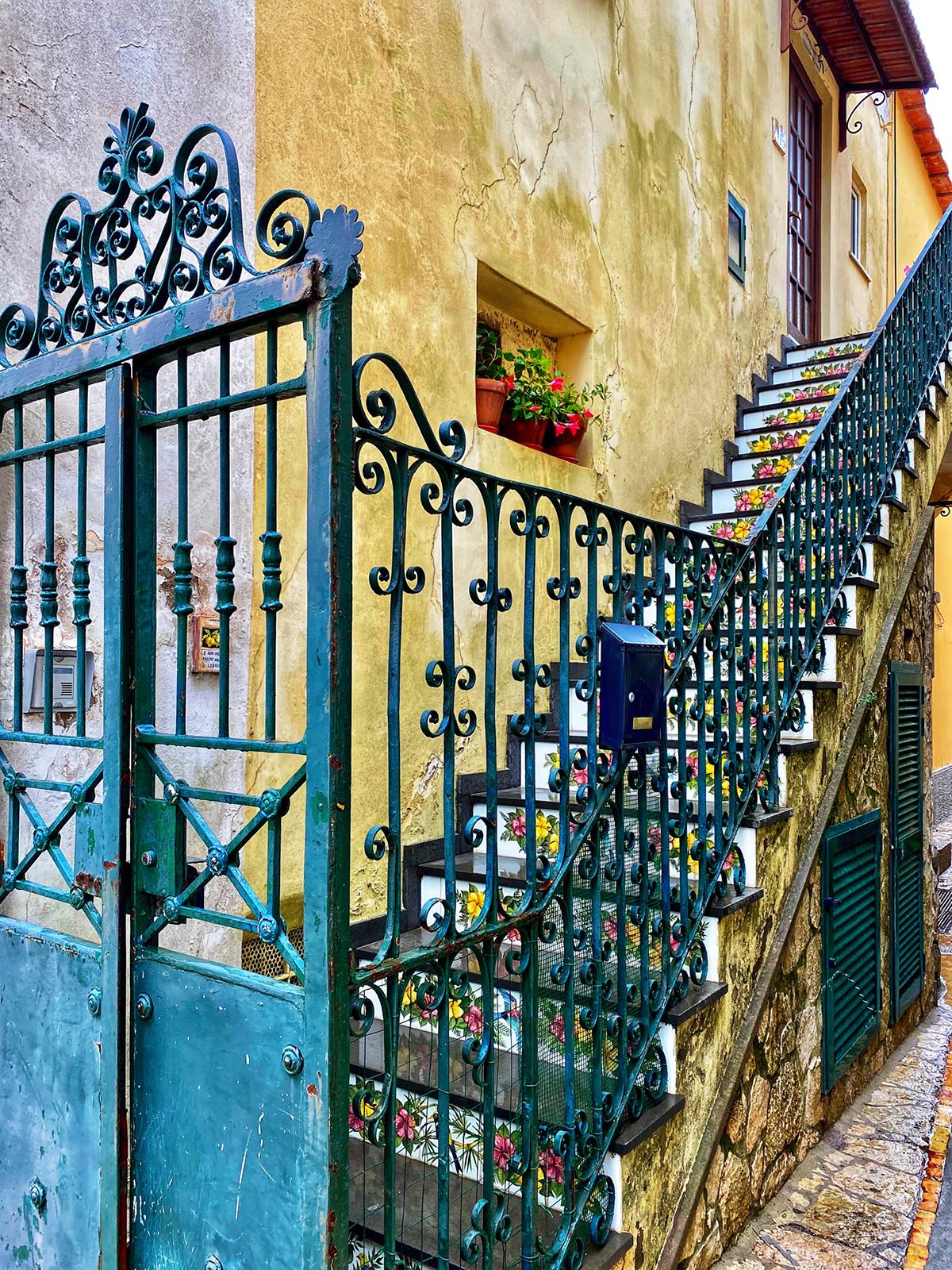
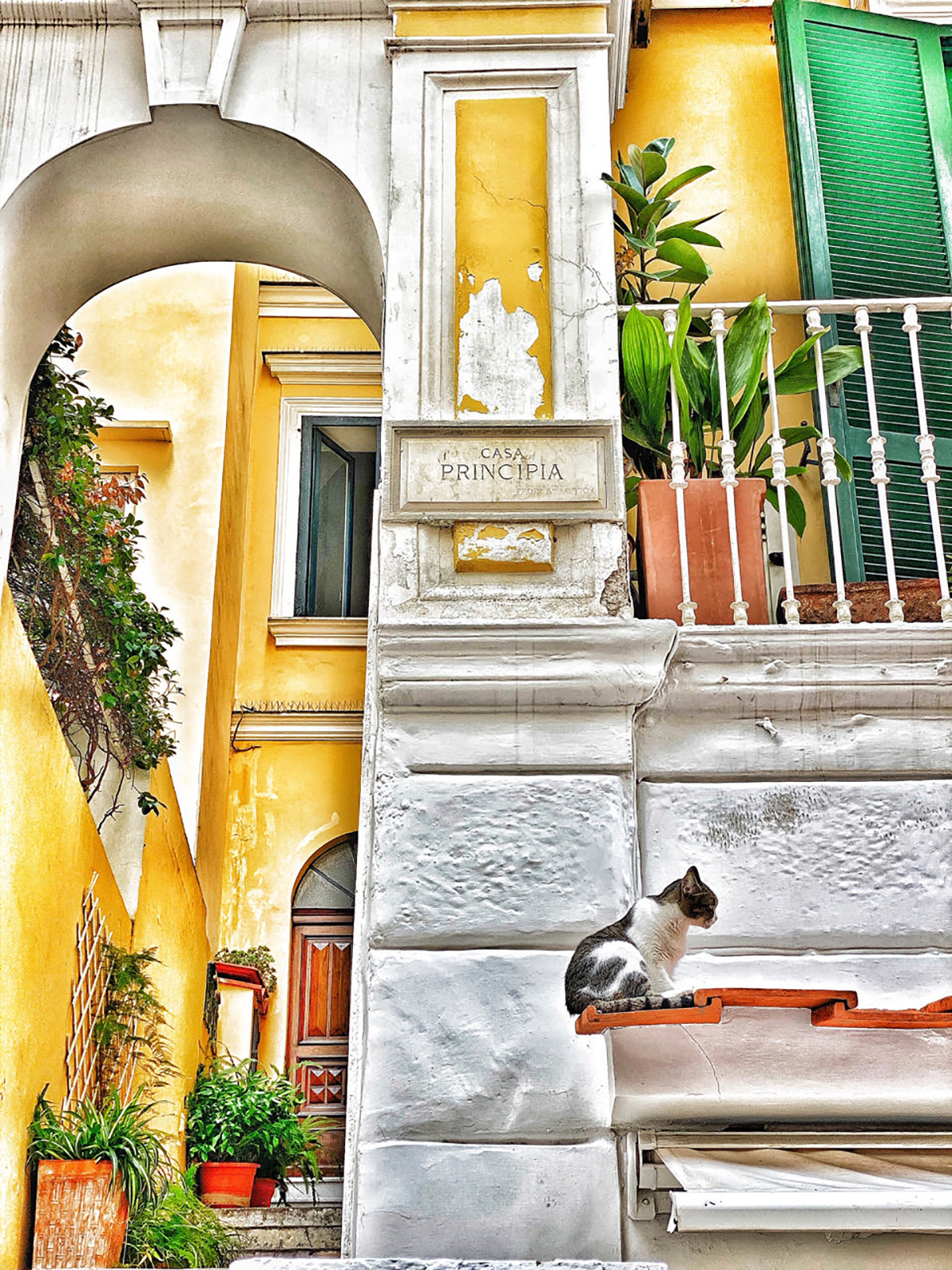
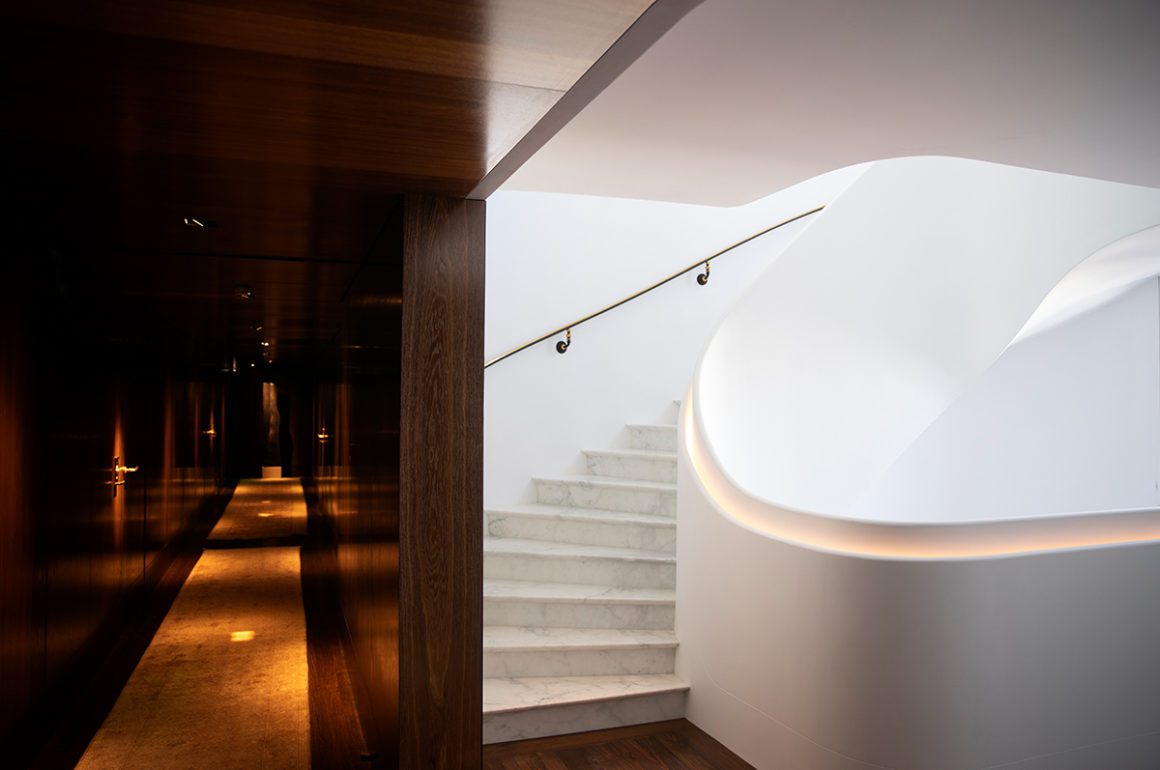
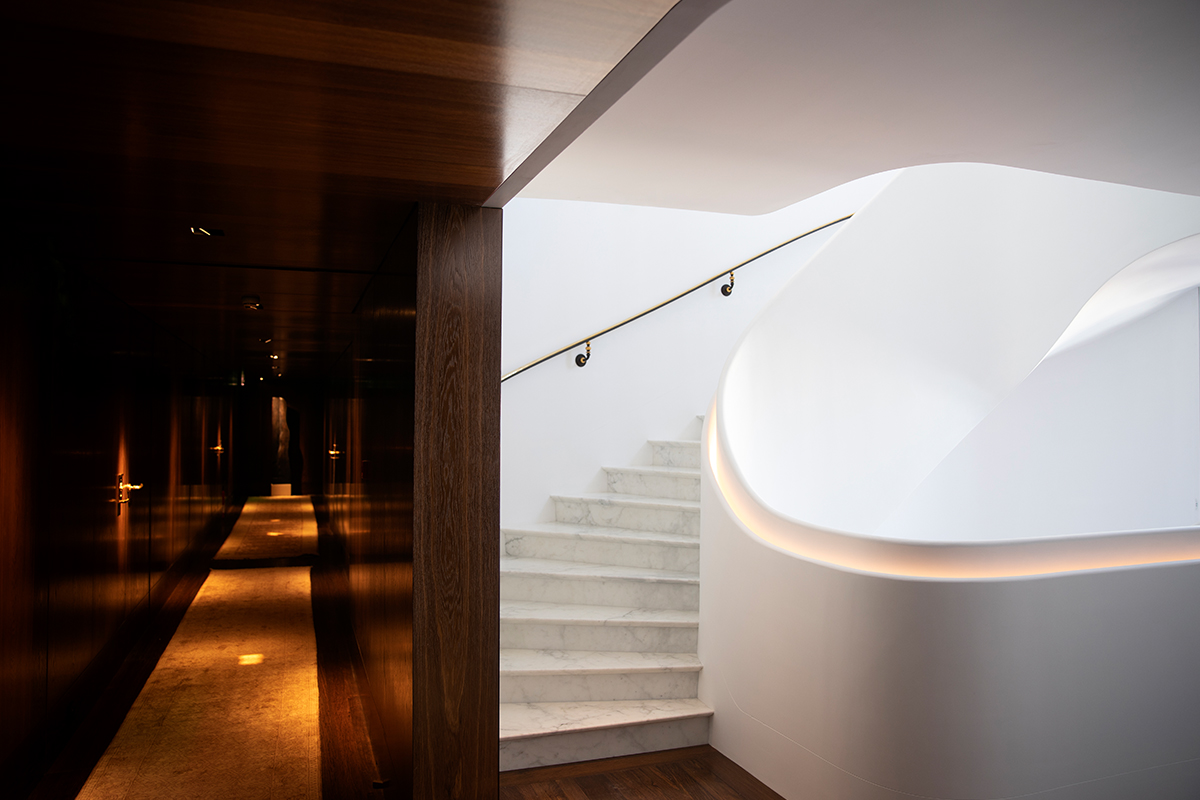
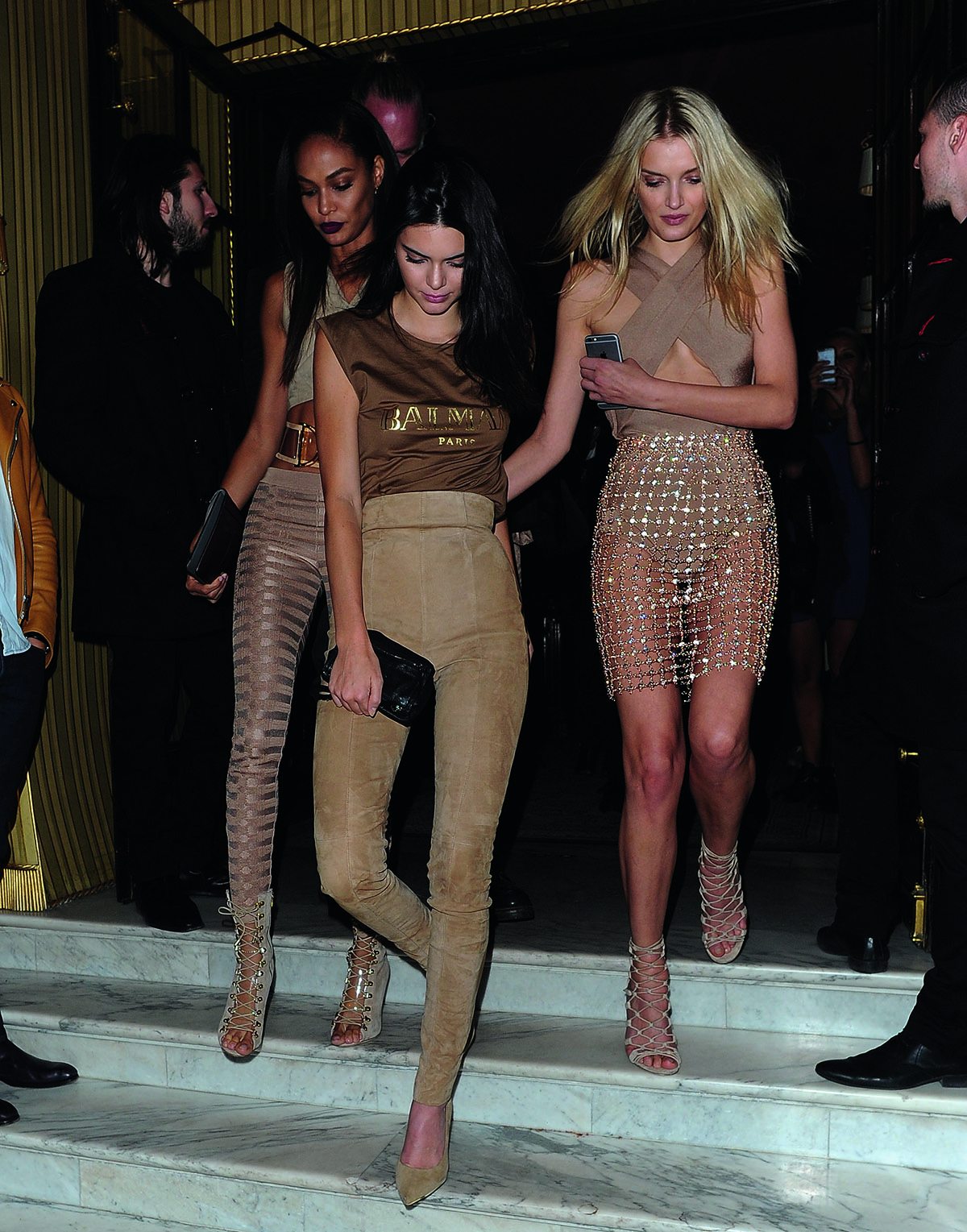
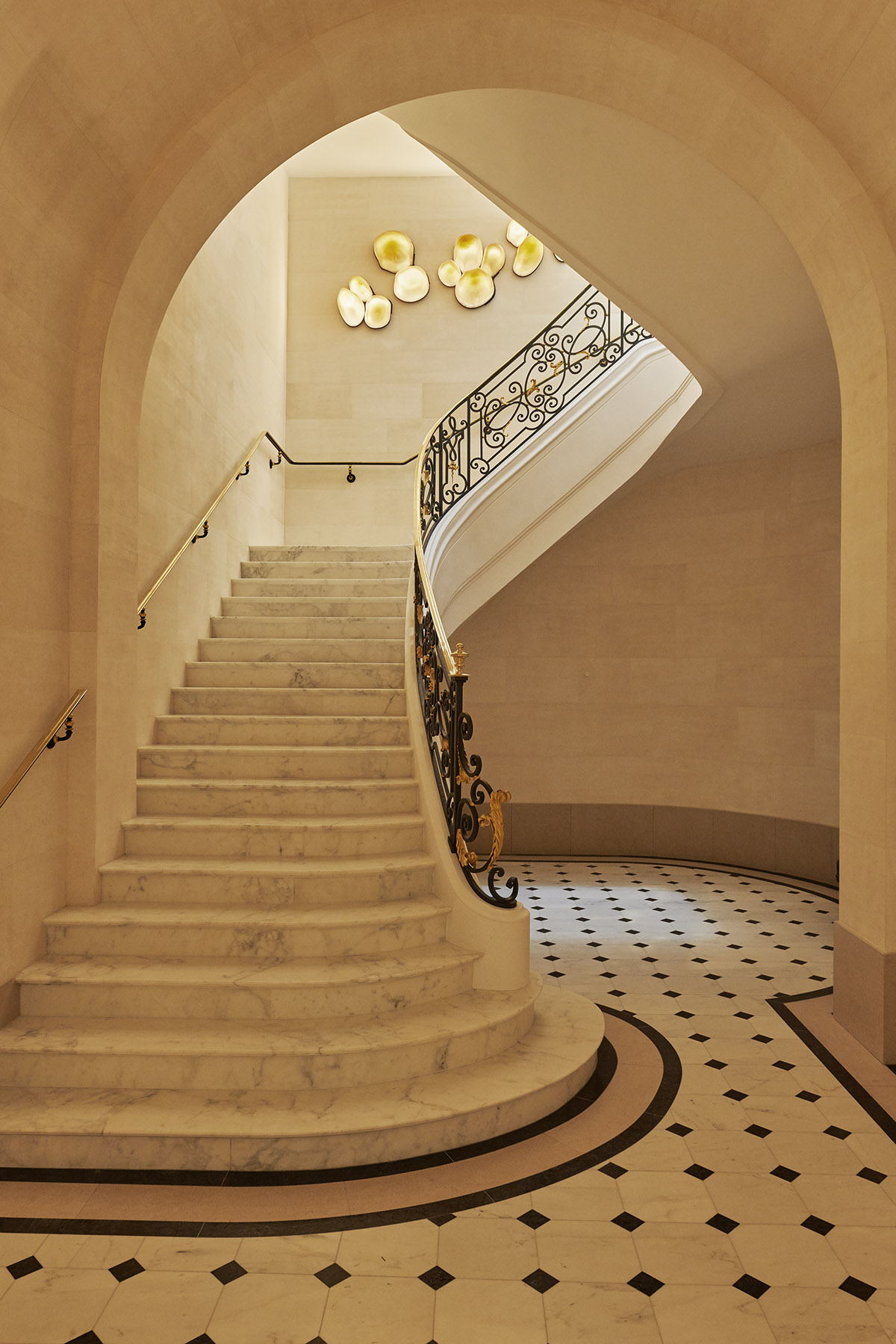
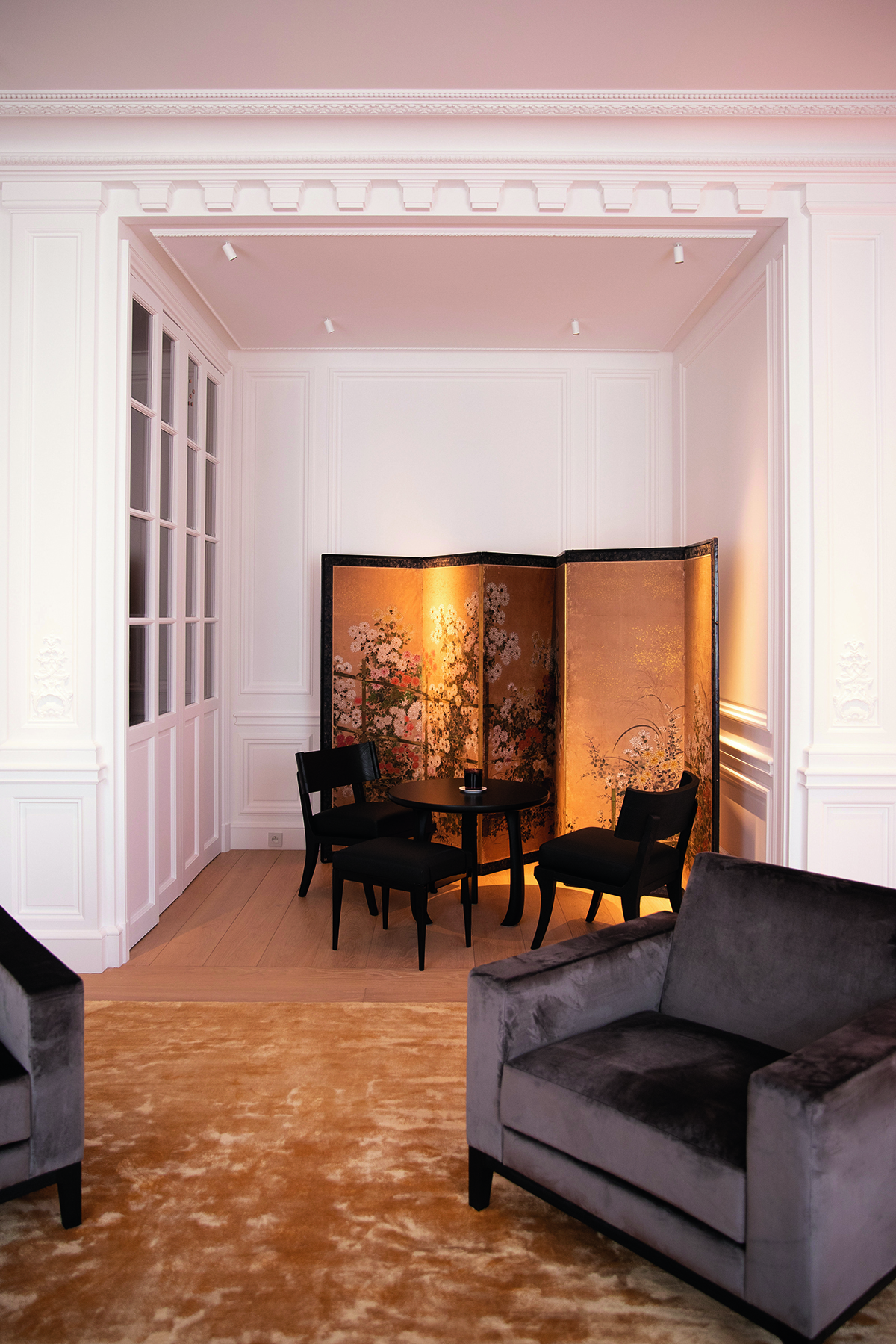
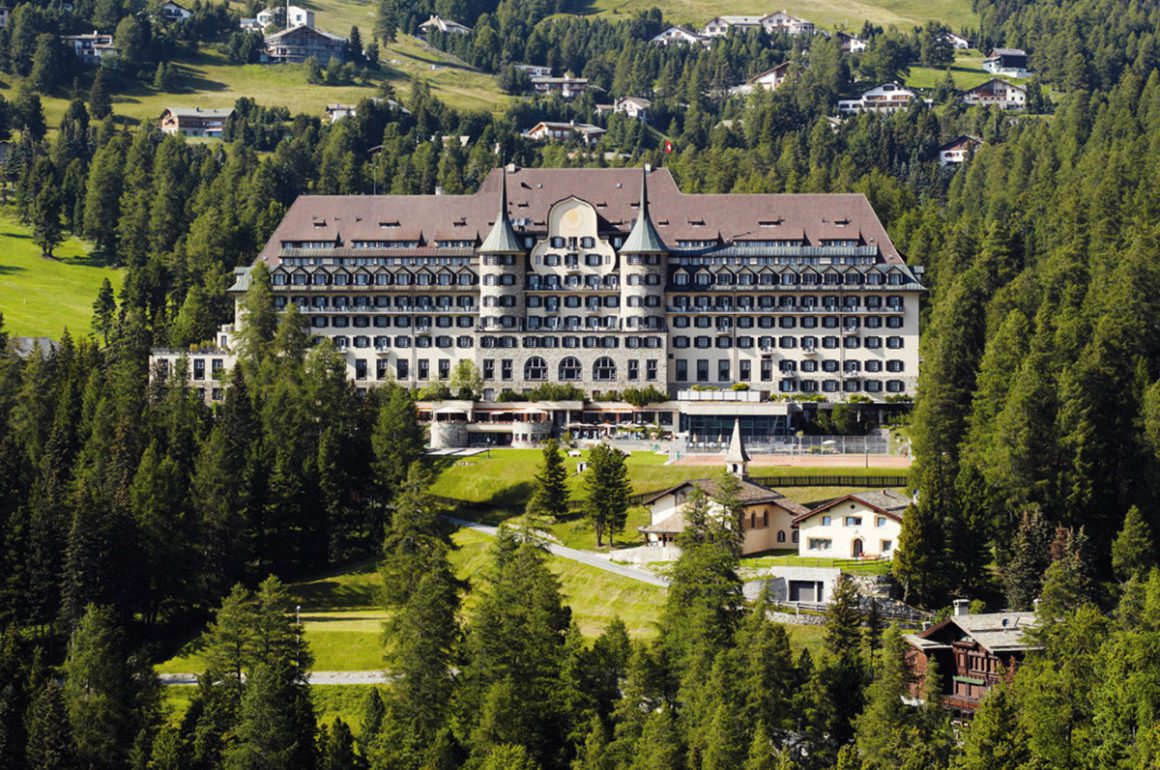
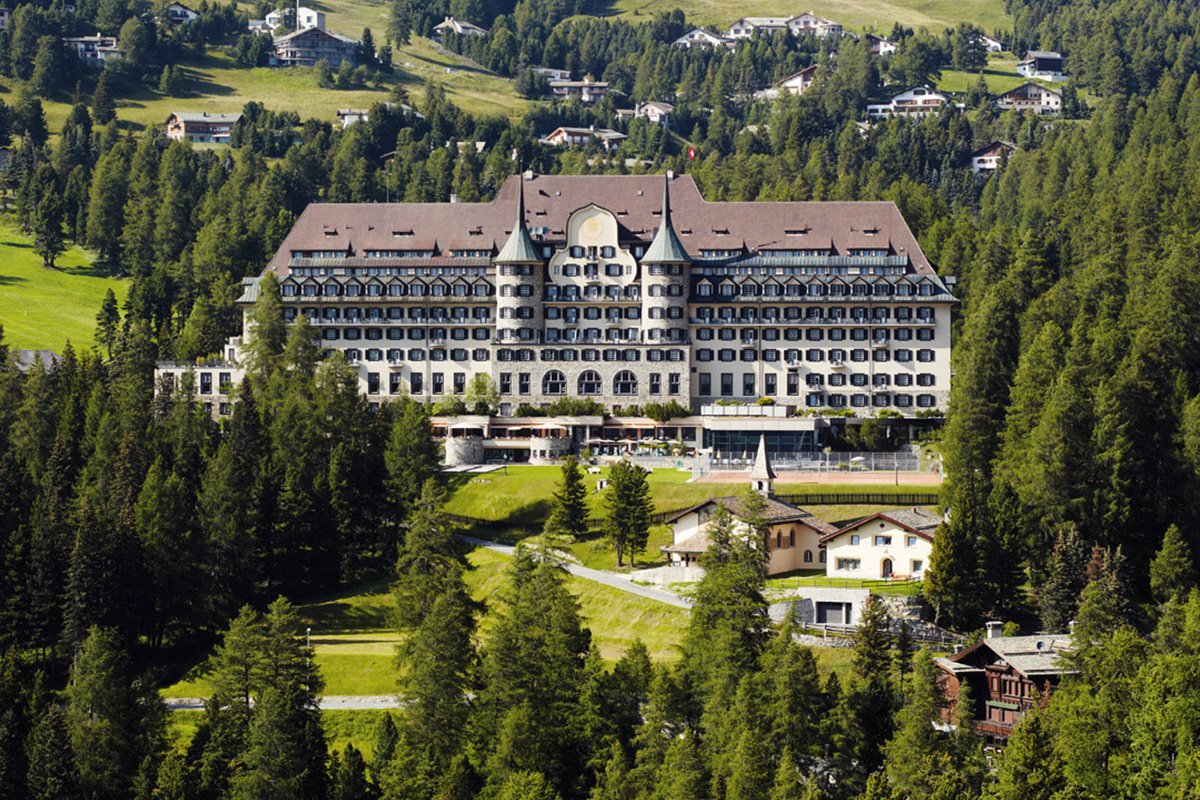
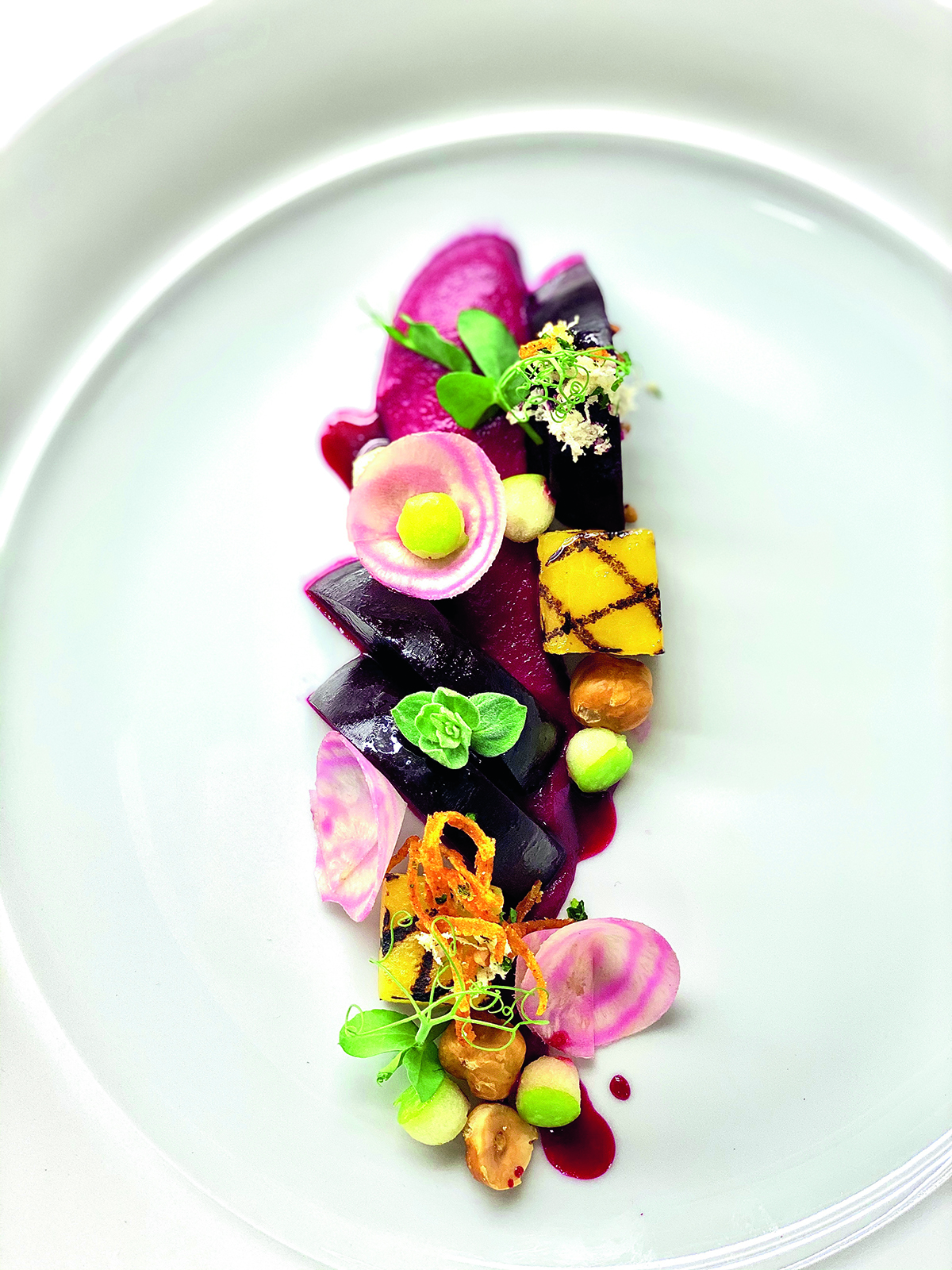
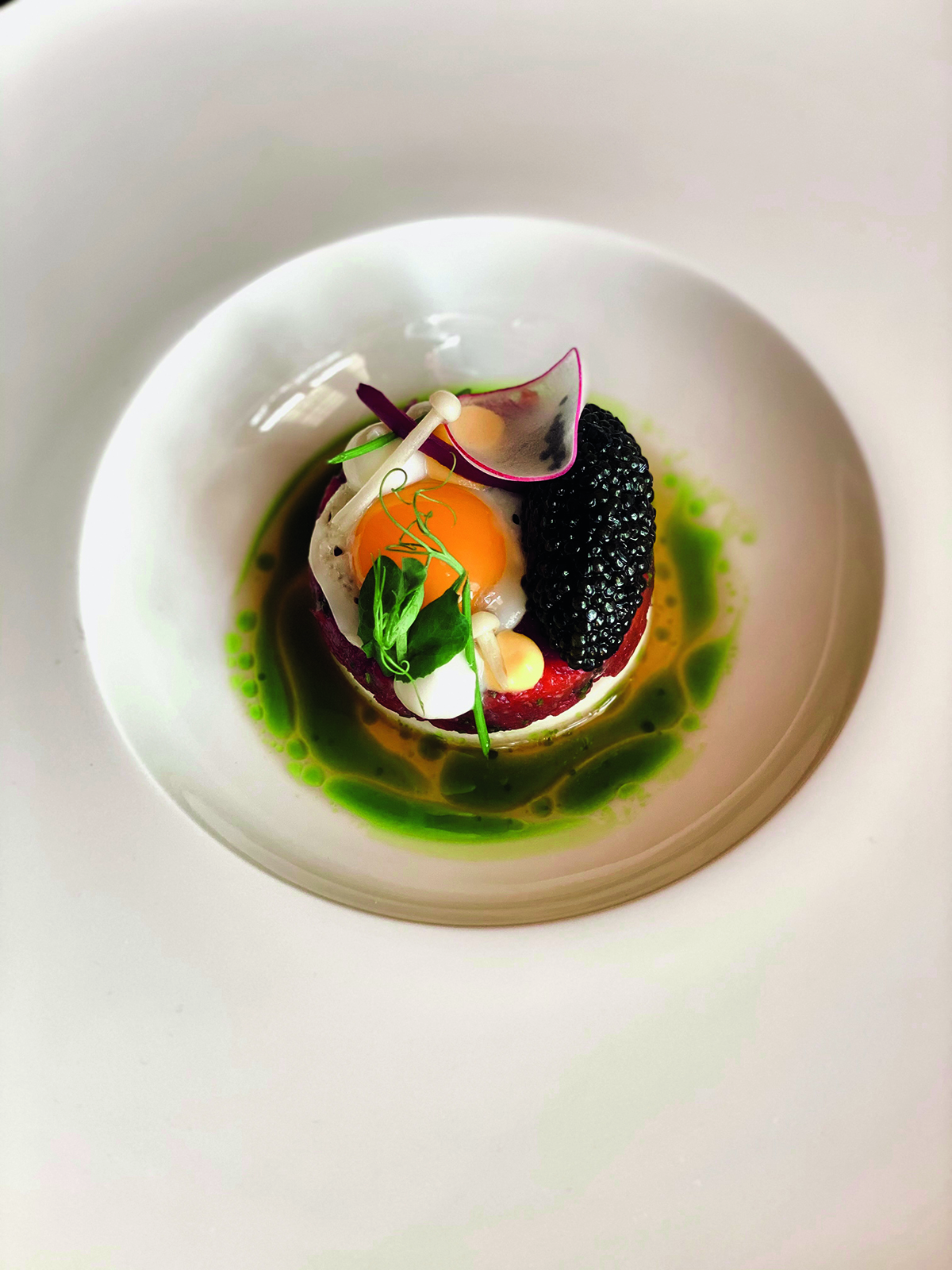
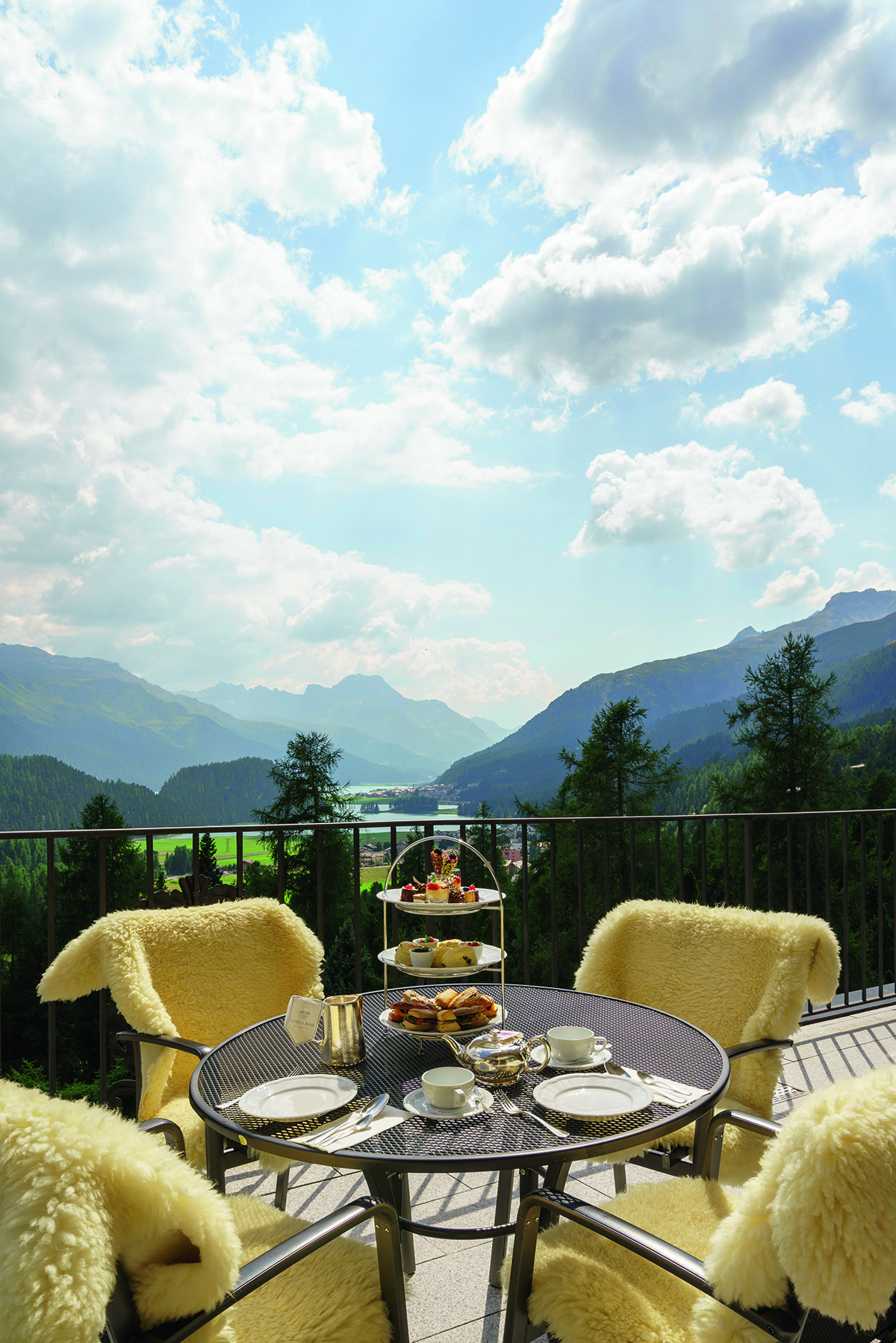
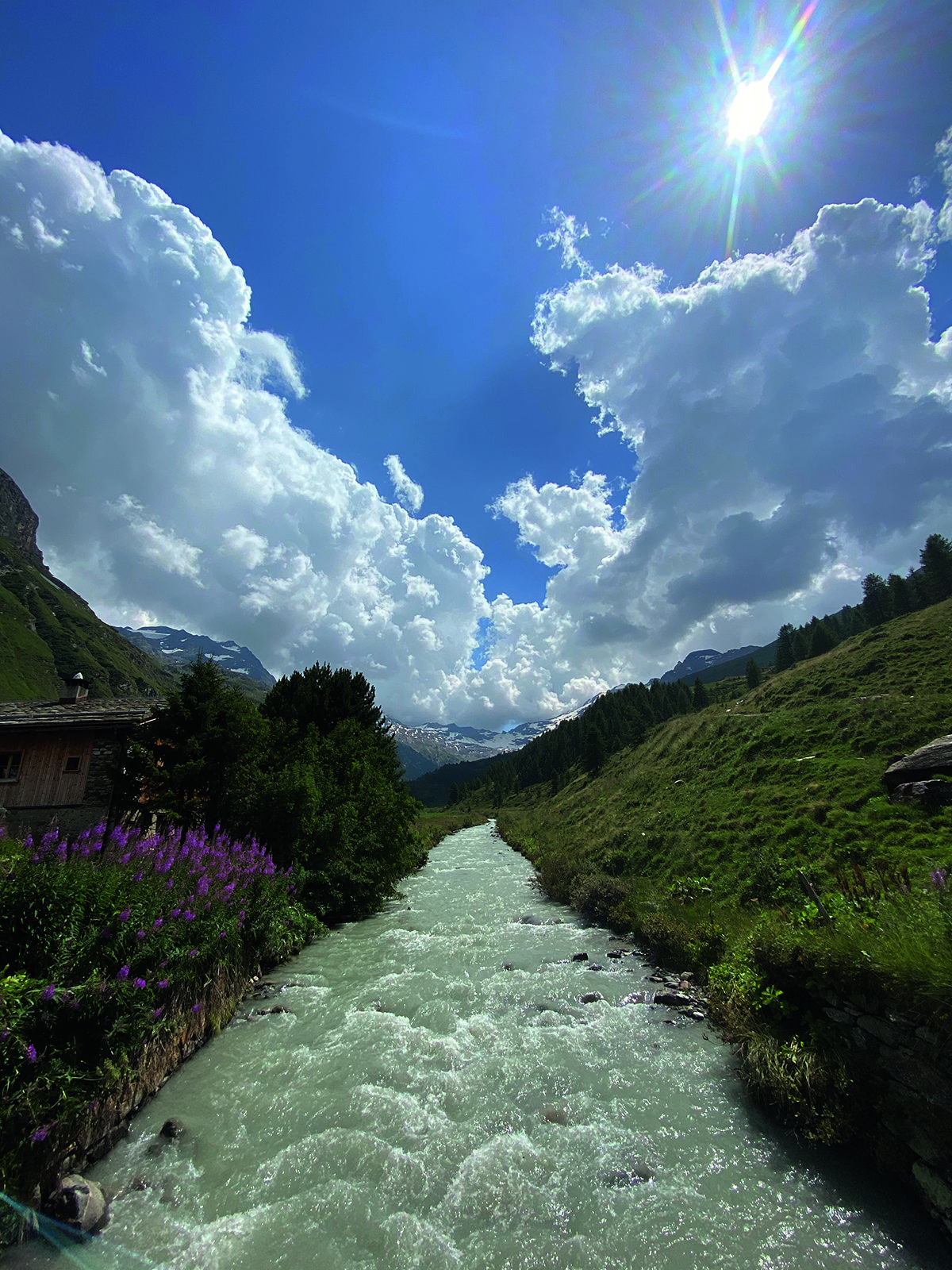
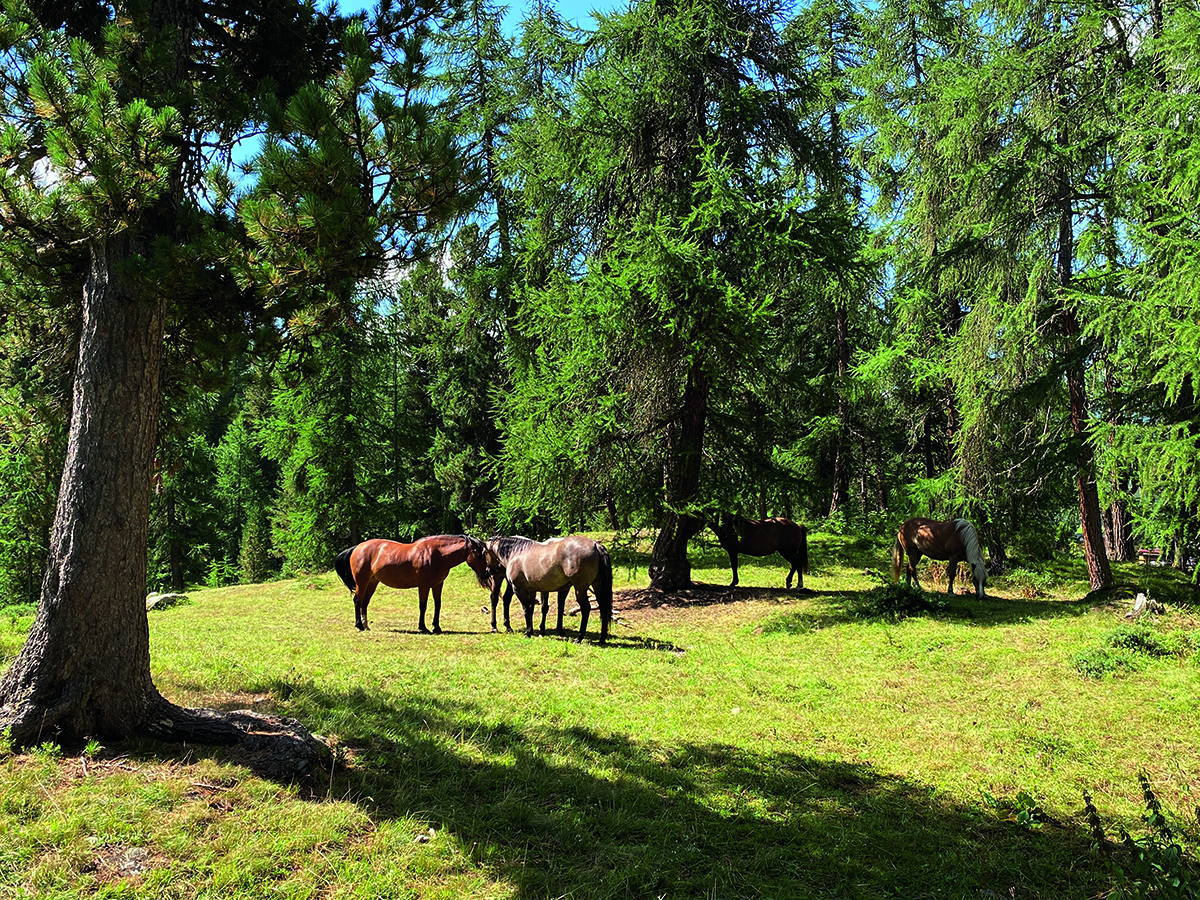
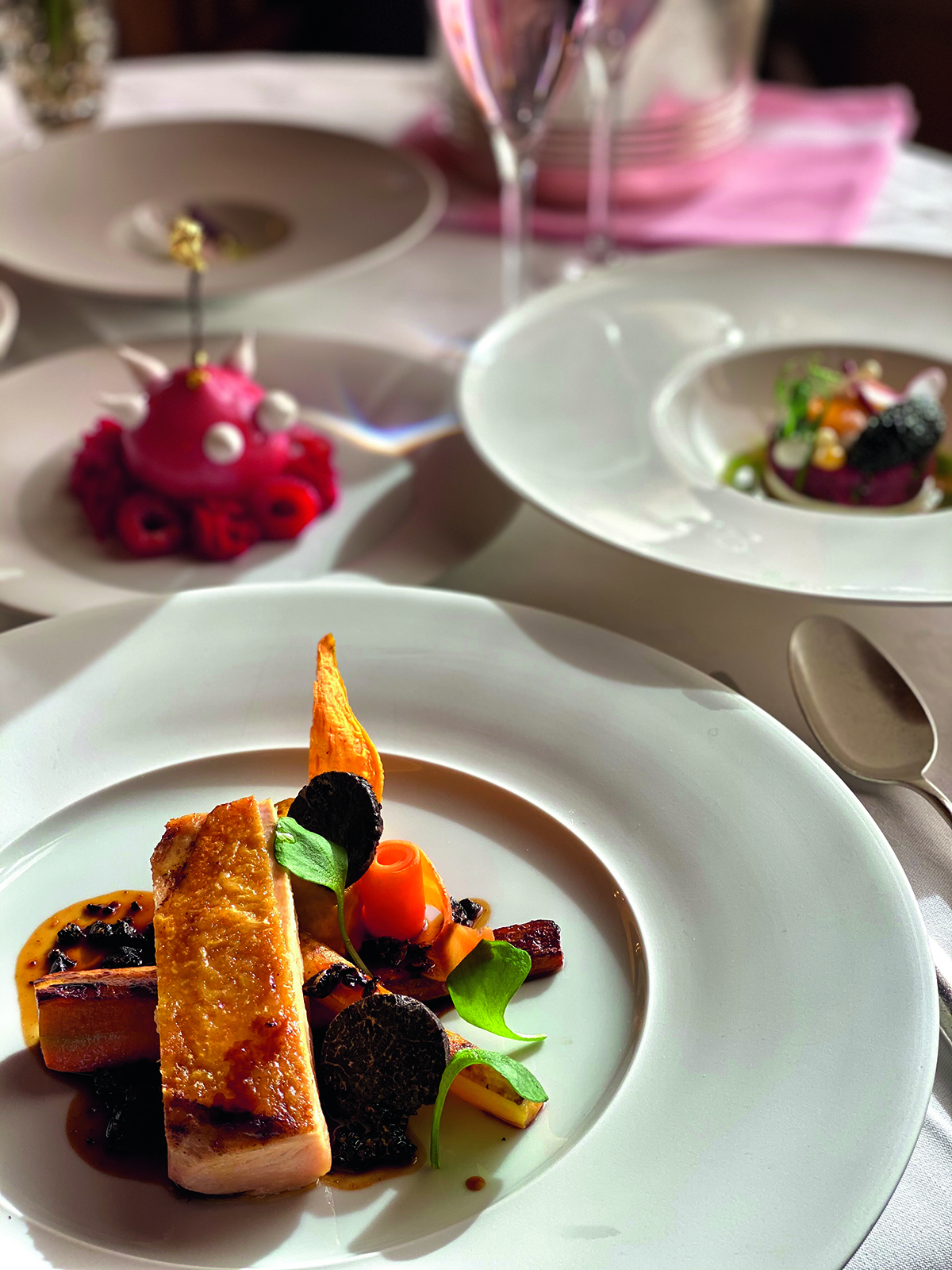

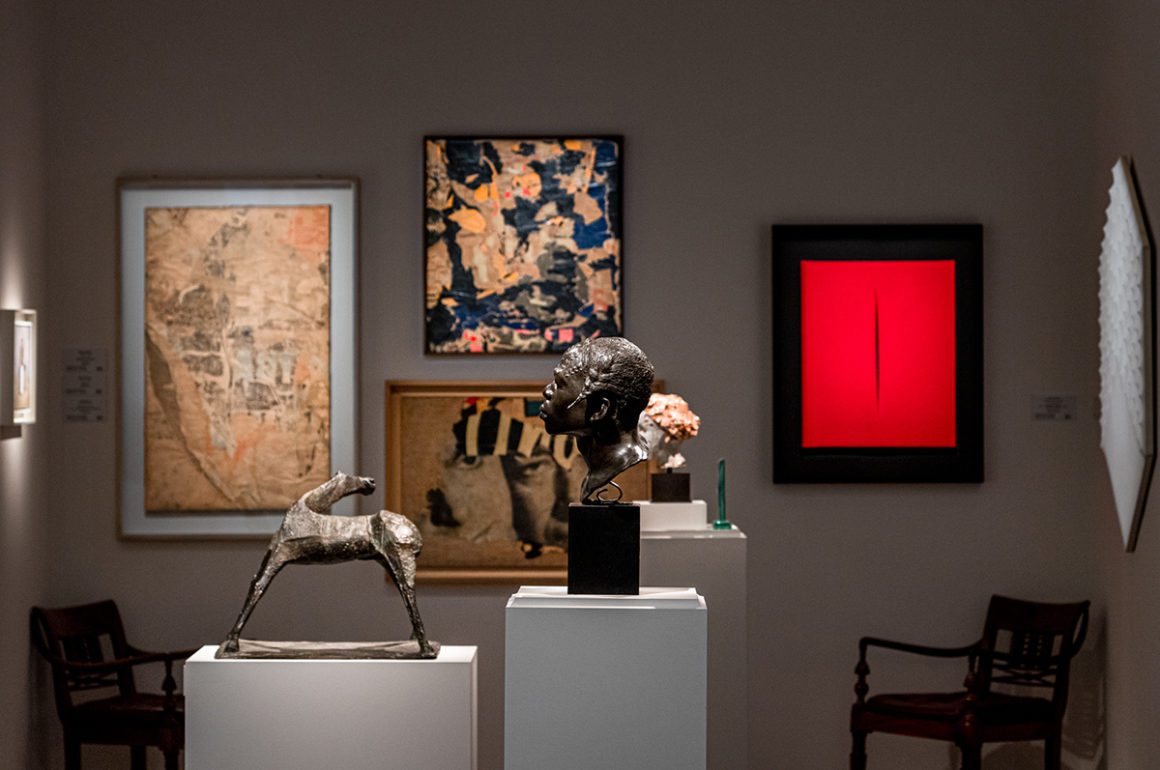
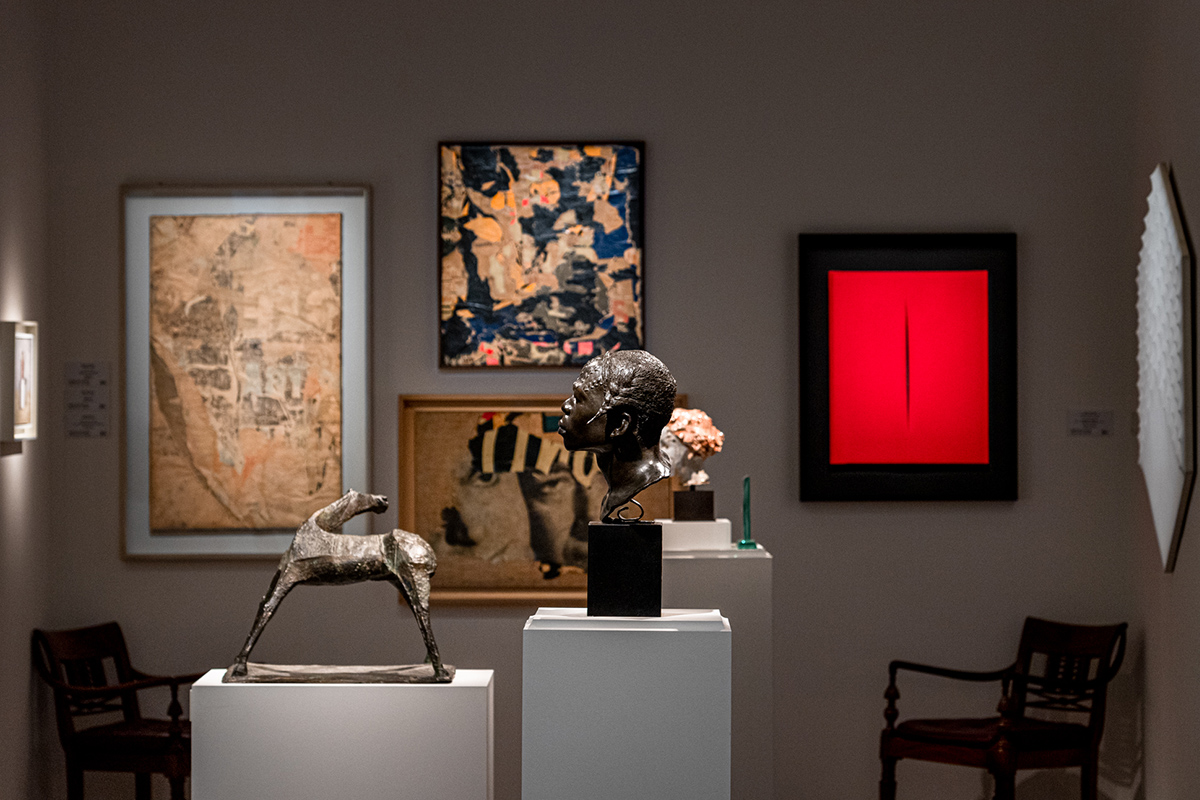
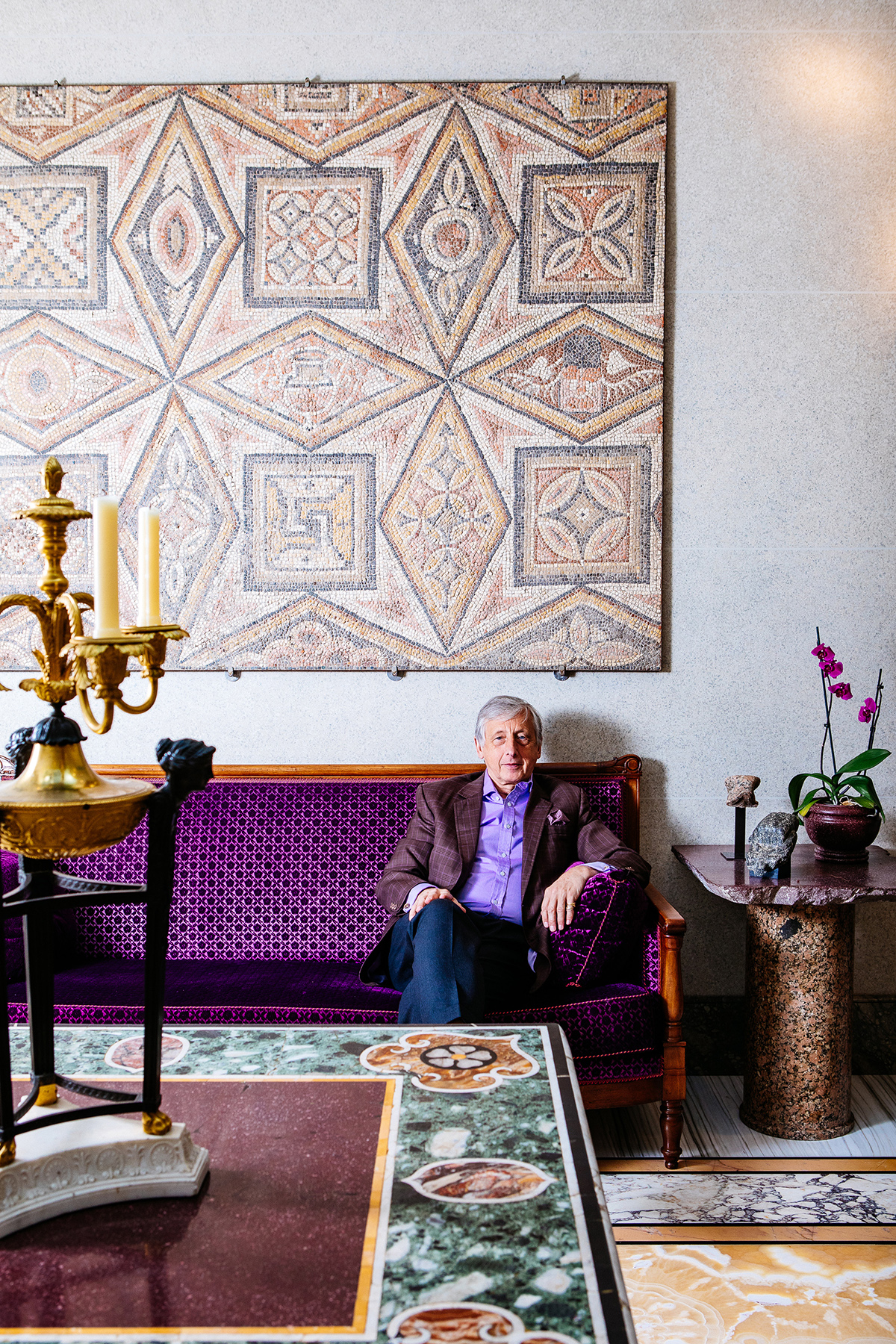
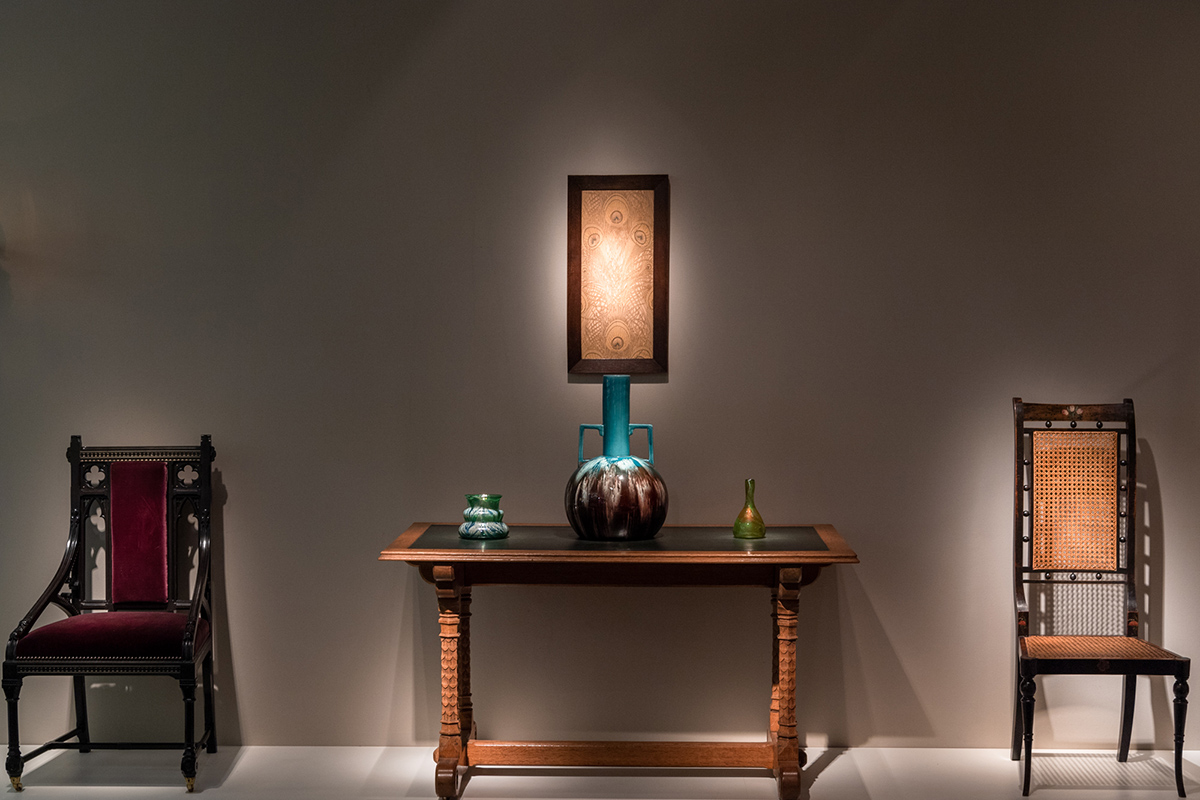


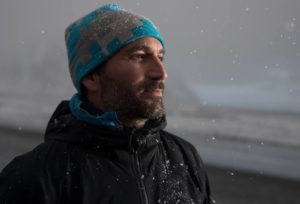 1. What inspired you to become a photographer, particularly in the polar regions?
1. What inspired you to become a photographer, particularly in the polar regions?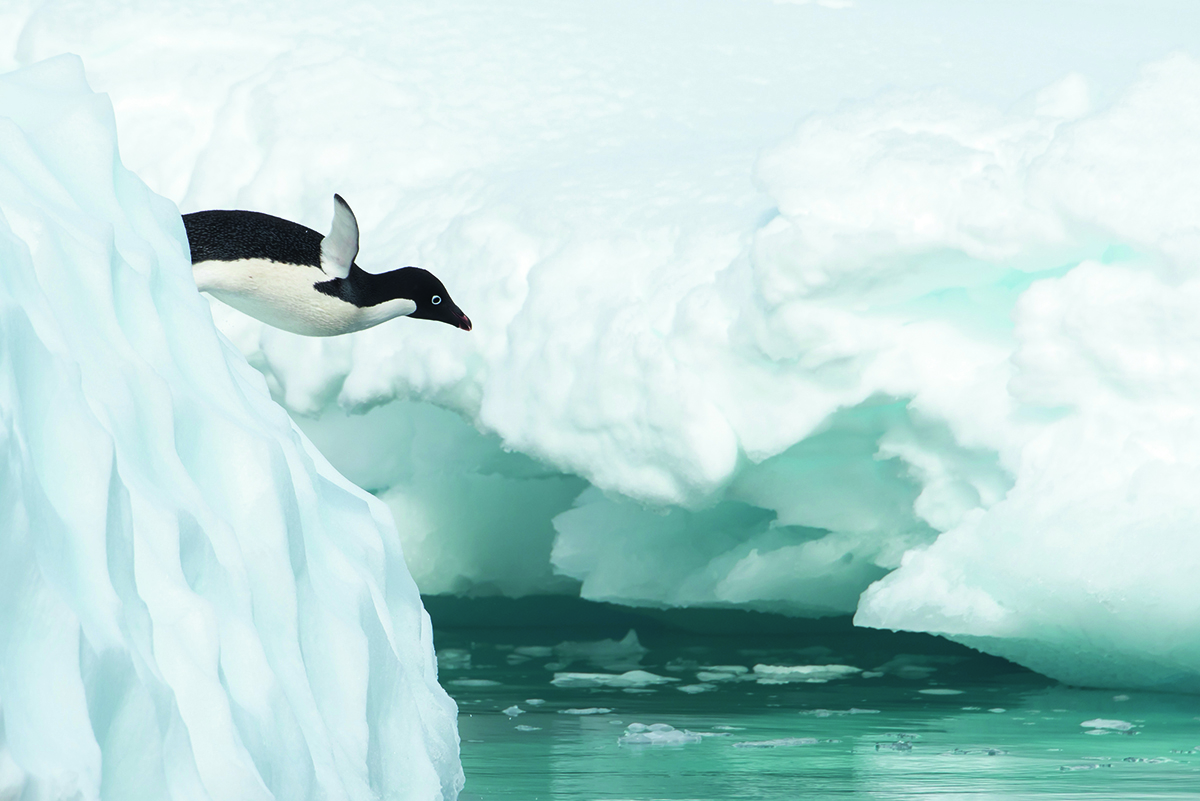
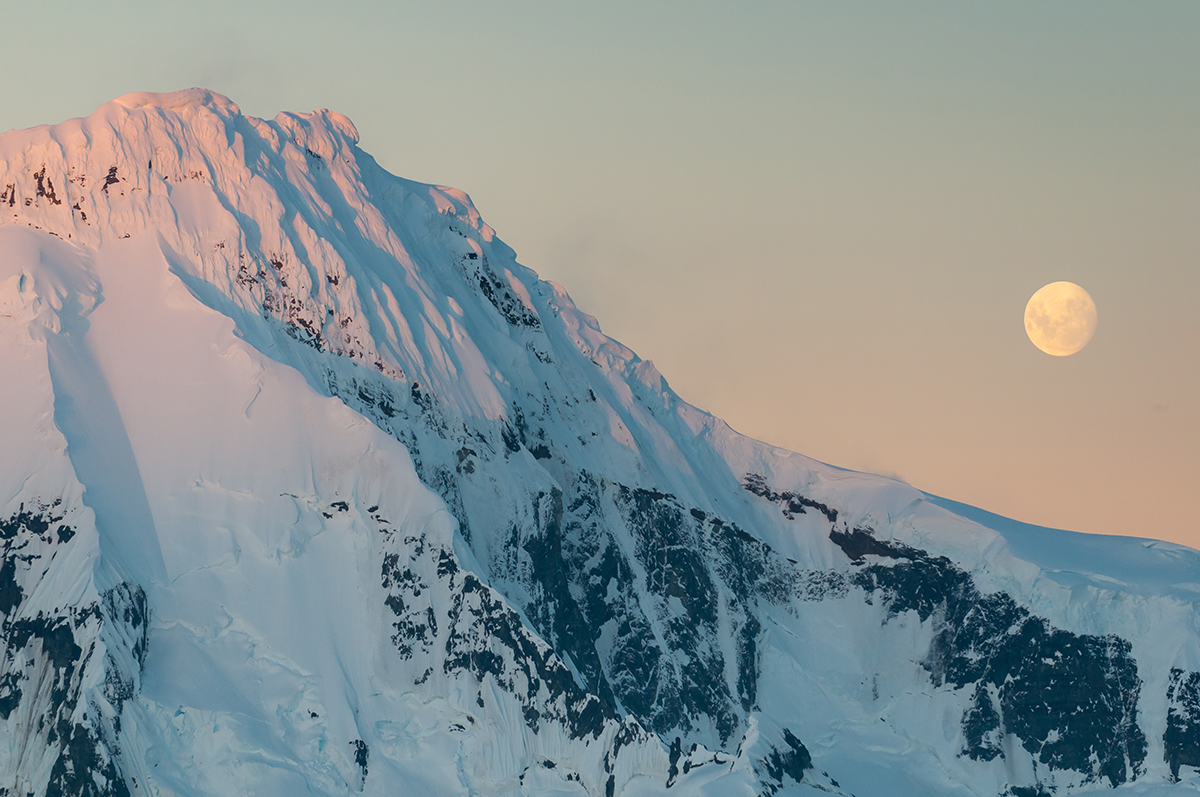








Recent Comments